28 States That Reopened (and 7 More That Closed Again)
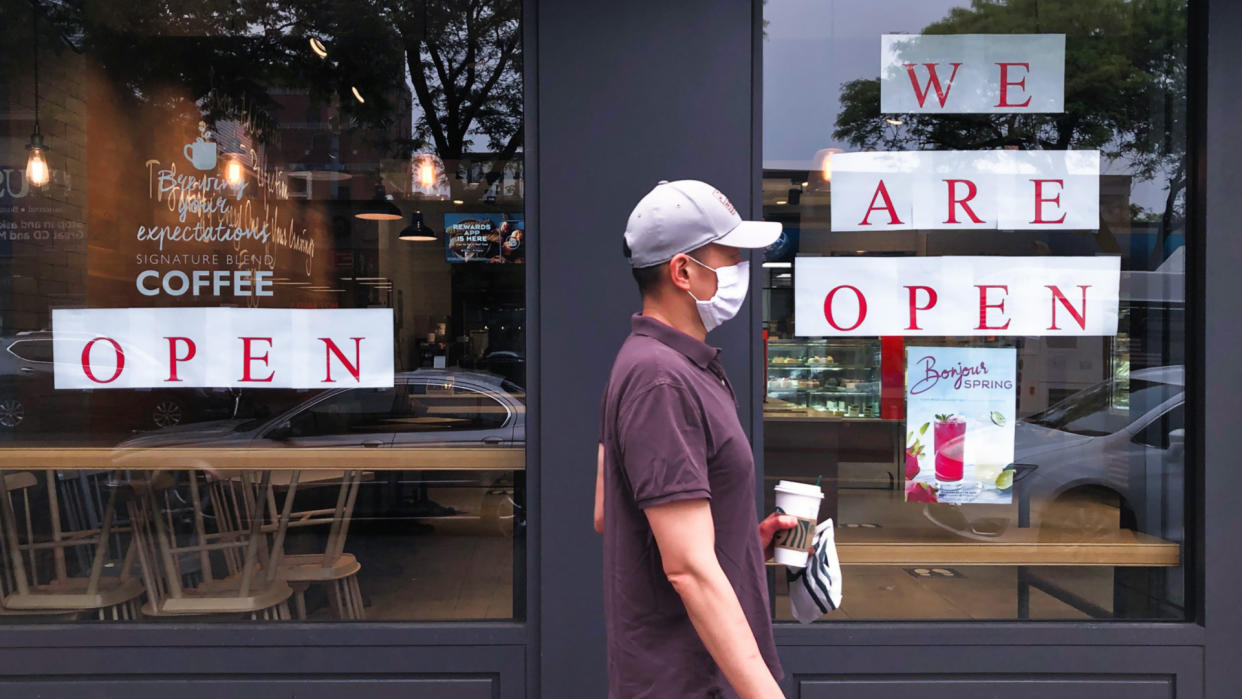
Every time parts of the U.S. have shut down due COVID-19, Americans have been antsy to reopen businesses and get back to life as normal. Every state is different, and some have had more success than others opening businesses up. As the virus is spiking again just when we are transitioning into colder weather, the conditions that can make it relatively safe for restaurants, shops and bars to remain open or begin to open vary widely from region to region — depending on things like population density and climate.
Handshakes Are Out: New COVID Office Etiquette
So which states have been able to get closer to recognizable lifestyles, which are on their way to doing so and which are worse off now than they were weeks ago? Here’s a closer look at where each state stands in terms of its efforts to help the economy bounce back from the coronavirus pandemic.
Last updated: Nov. 30, 2020
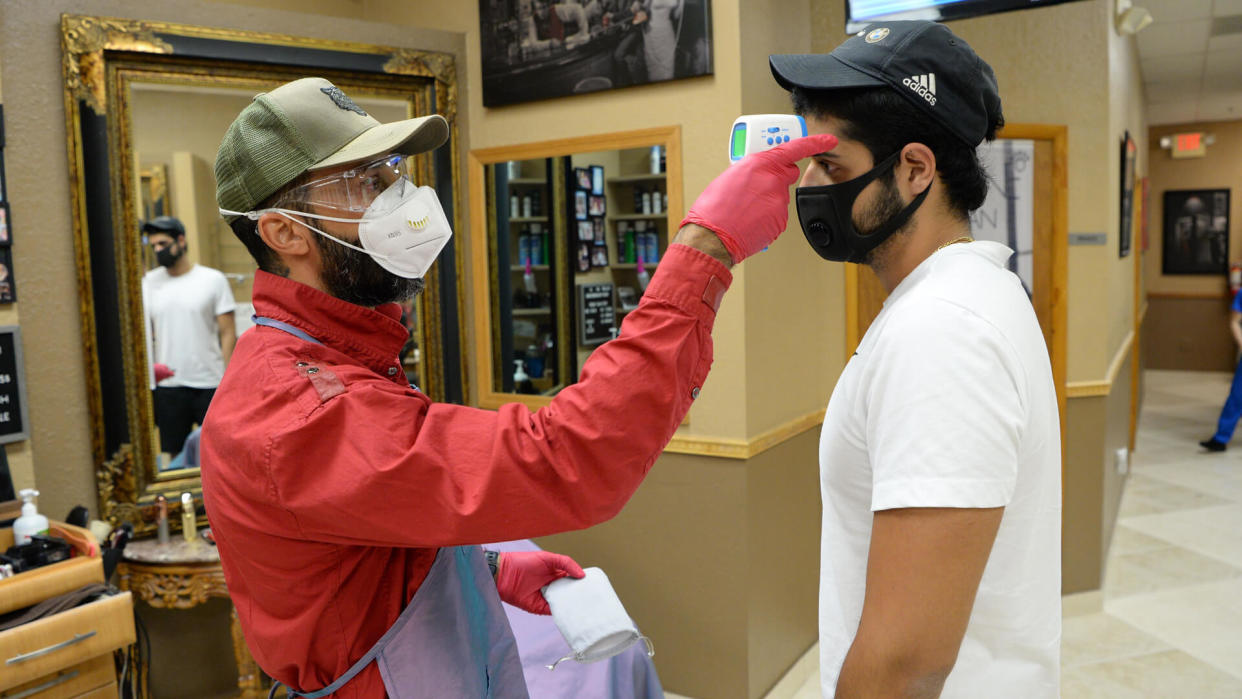
States That Are in the Process of Reopening
Moving too quickly on reopening can lead to a serious outbreak that could necessitate closing back down for an extended period — a costly blow that could delay the return to normal that much longer.
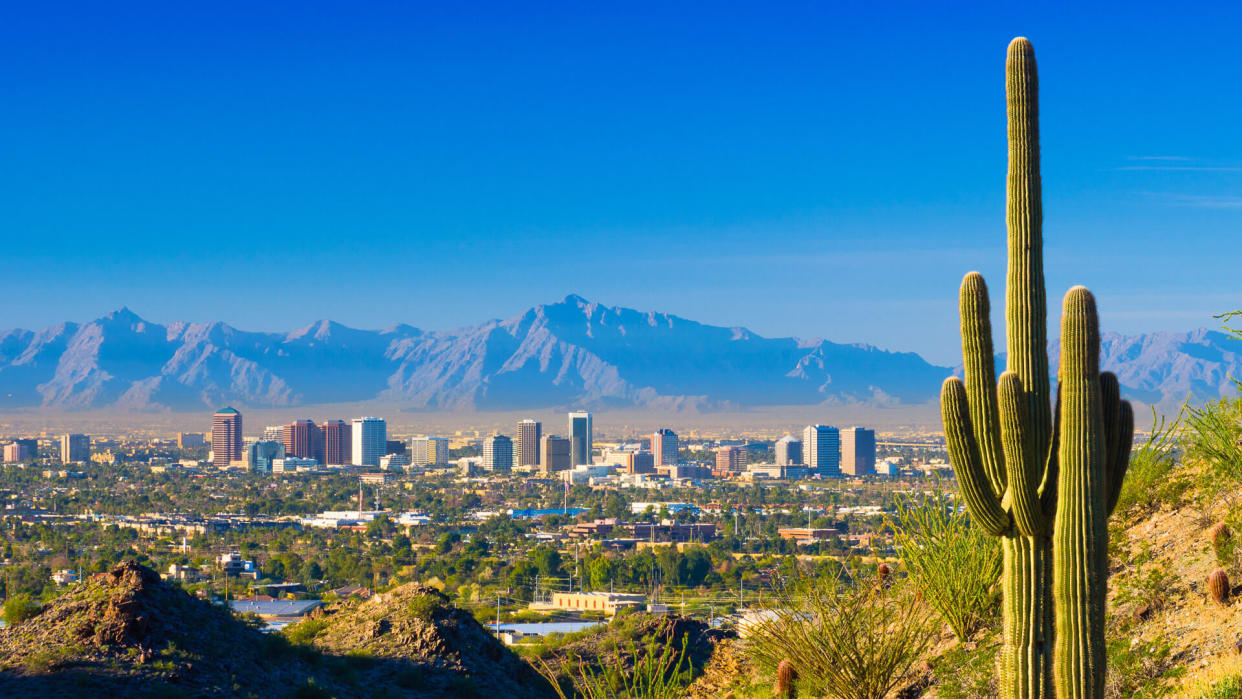
Arizona
Gov. Doug Ducey not only had to hit the brakes on his state’s reopening, but he also had to shift into reverse. On June 29, he prohibited large gatherings, operations of bars, gyms, movie theaters, waterparks and tubing rentals, and stopped the issuance of any new special event licenses and announced that a raft of businesses would need to close back up — all for at least a full month. Then, in October, every county met the guidelines to reopen — though on November 27, members of the COVID Modeling Team at the University of Arizona issued a recommendation to lock down the state for three weeks. So far, the state remains open.
Learn More: 10 Surprising Disasters Caused by COVID-19
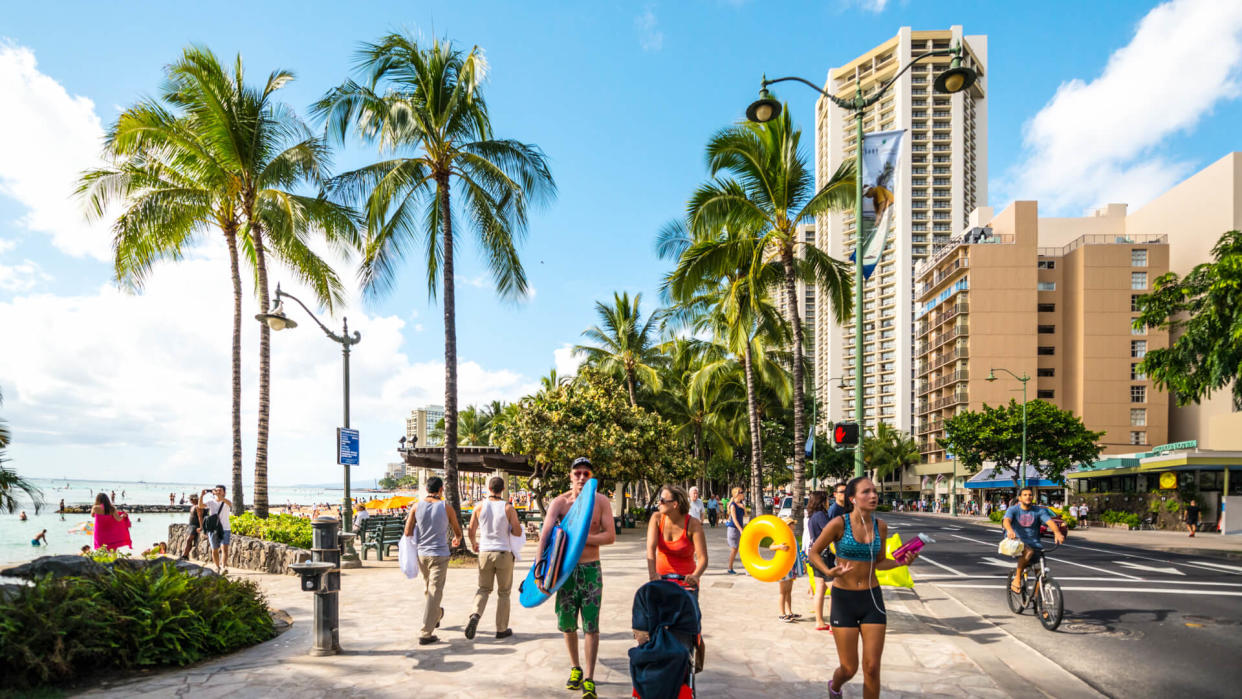
Hawaii
While being a remote island state hurts Hawaii when it comes to the cost of living, it clearly kept the Islands safe in this crisis. The reopening started on May 7 with an announcement noting that the state had the lowest fatality rate in the country and one of the lowest rates of transmission — part of why the only businesses still closed there are large venues.
Most of the state is functioning under the Act With Care plan for reopening, which allows many businesses to resume operations, with restrictions. Gatherings of up to 10 people are allowed, but social distancing practices are encouraged. On islands like Oahu, many businesses are limited to operating at 50% capacity and gatherings of more than five people are prohibited. For travelers, guidelines on more strict – as of November 24, travelers need to have negative COVID results prior to arriving on the island, or isolate in a 14-day quarantine.
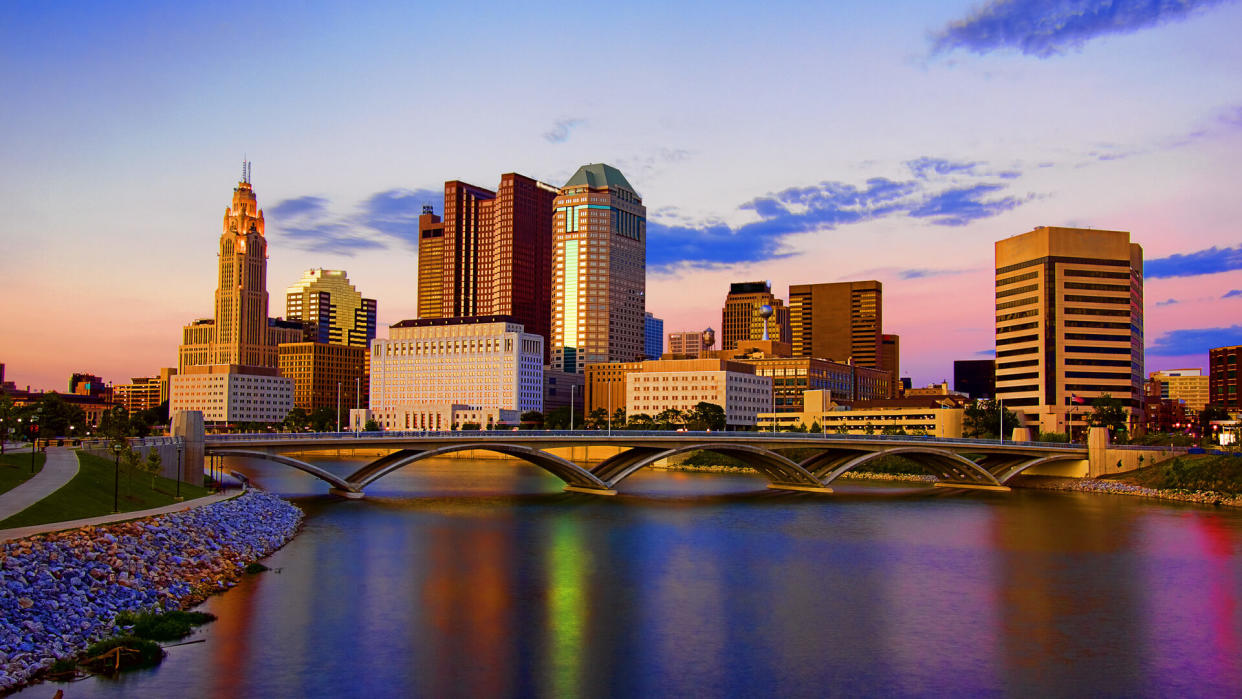
Ohio
Gov. Mike DeWine launched his RestartOhio plan on May Day, beginning the phase-in of normal life with medical procedures and then letting other business activity slowly reemerge thereafter. As of July 23, face masks became mandatory indoors and outdoor public spaces. DeWine gave permission to resume school and professional sports in August, but limited spectators to 15%. Other indoor services, ranging from restaurants to hair salons are also allowed to re-open with strict sanitation rules. On November 11, DeWine warned of potential closures for gyms, restaurants and bars and issued a stronger mask mandate.
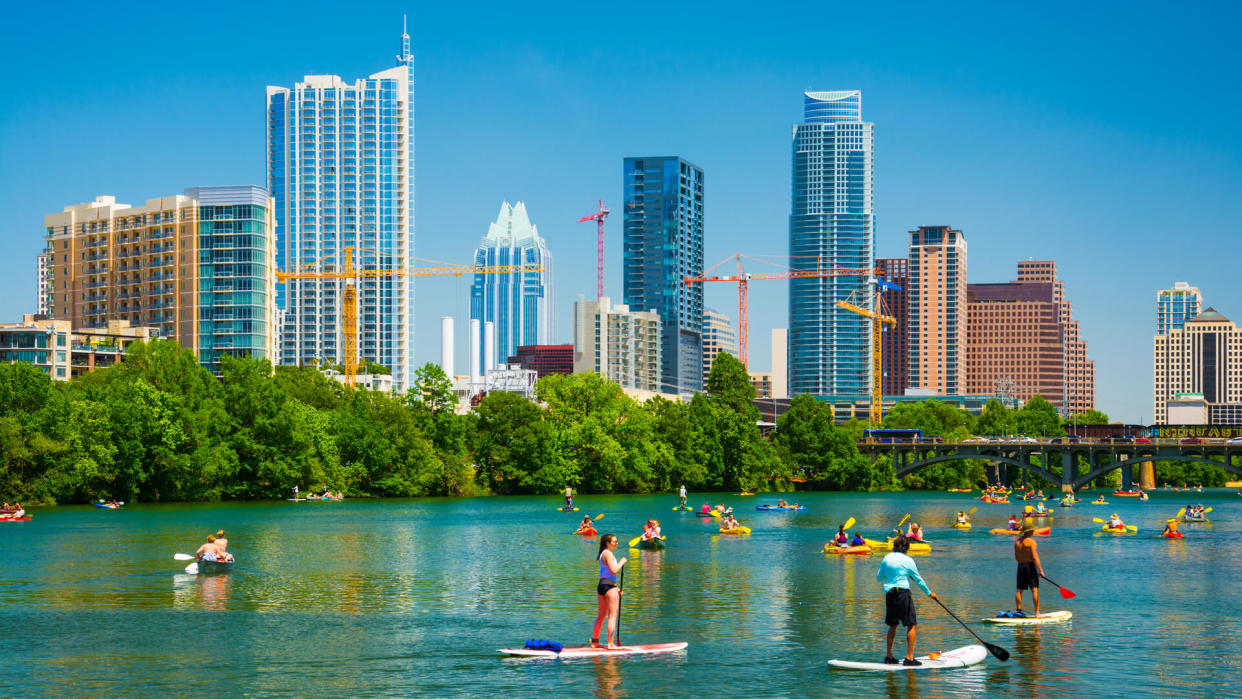
Texas
As of October 14, Gov. Greg Abbott permitted most businesses to return to operations at 75% capacity, so long as the COVID-19 hospitalization numbers in their area remained low. Businesses in areas with high hospitalizations had to limit their occupancy to 50% capacity. Anyone aged 10 or older must wear a mask in all indoor public spaces.
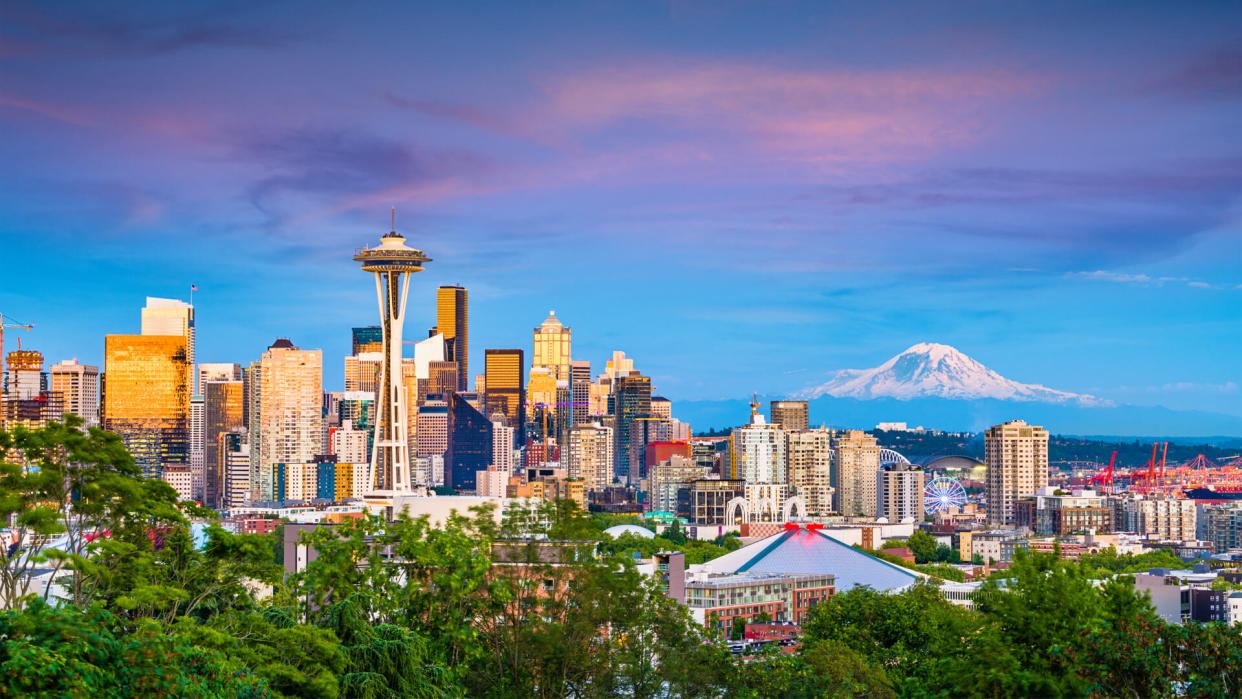
Washington
Every county is now reopening at some capacity after a pause in July. Gov. Jay Inslee initiated reopenings in phases, county by county. Gyms could reopen everywhere in September and restaurants were allowed to open at 50% capacity in all counties starting Oct. 13. Other business types were only allowed to reopen according to the “tier” their county fell within, and at limited capacity and with sanitation and mask policies in place.
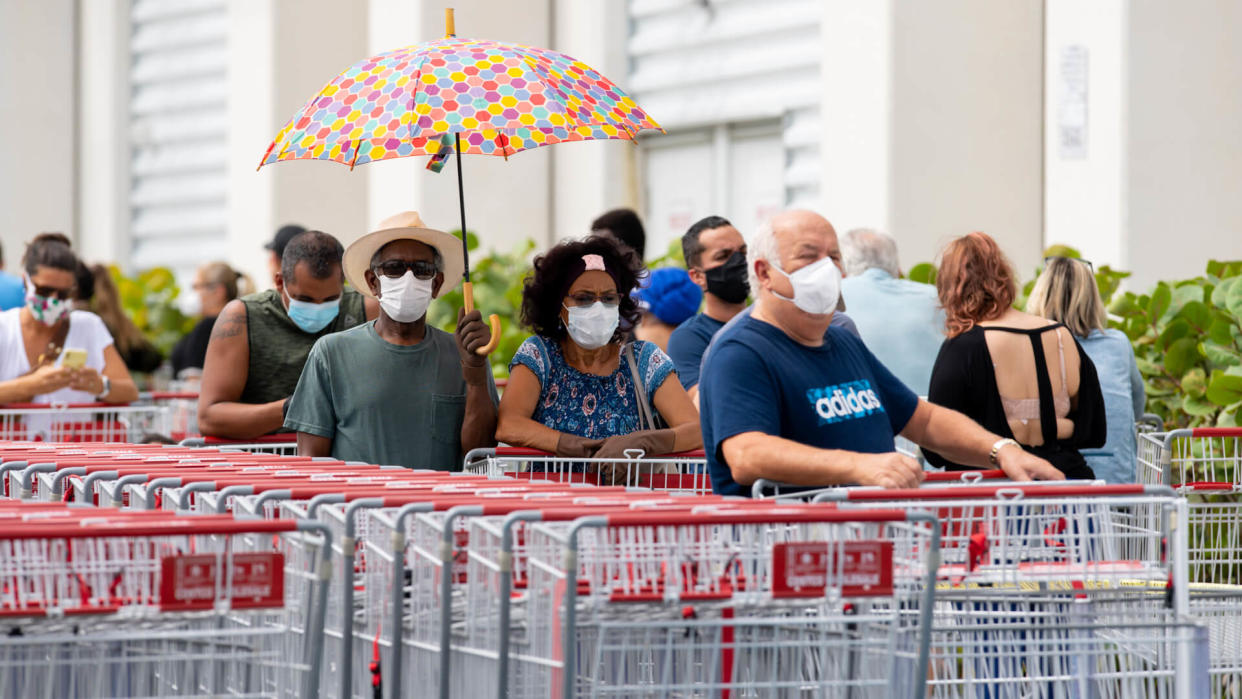
States That Have Completely Reopened
While social distancing and wearing a mask are going to be necessities for some time, many states have been able to allow businesses to open back up to the public.
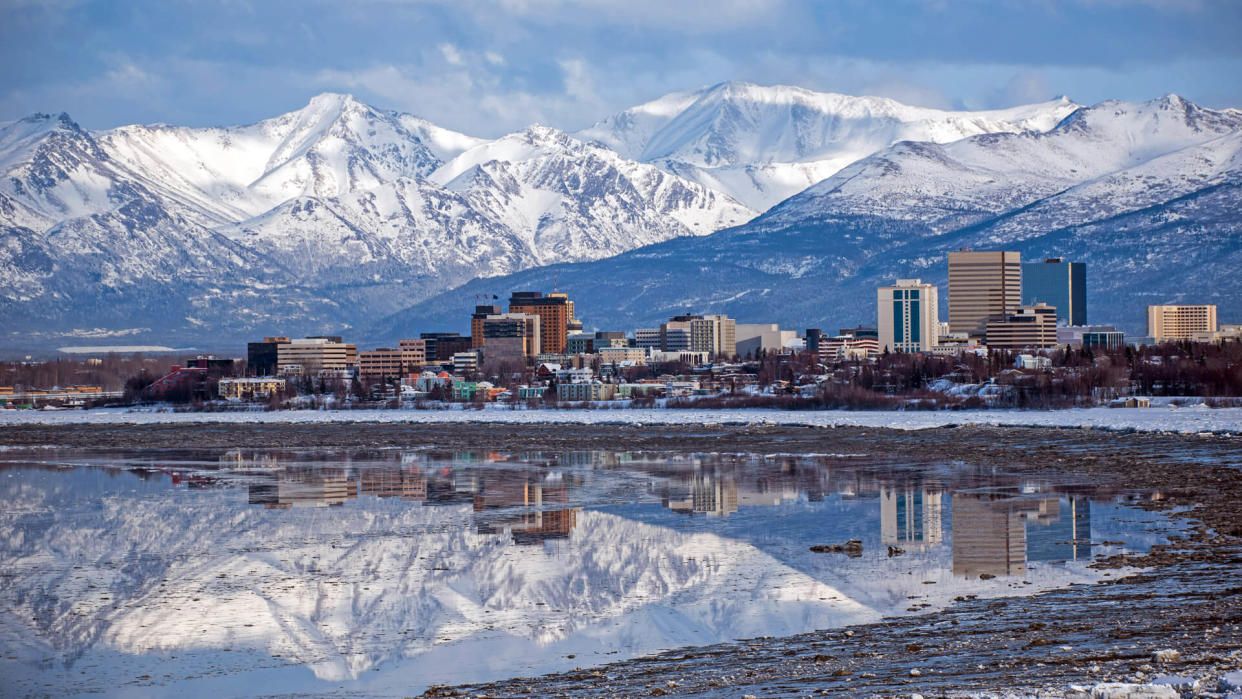
Alaska
The state of Alaska reopened in April. Since then, though cases have continued to rise, Alaska governor Mike Dunleavy has not issued any new shutdowns. He has simply encouraged residents to stay home and practice good sanitation.
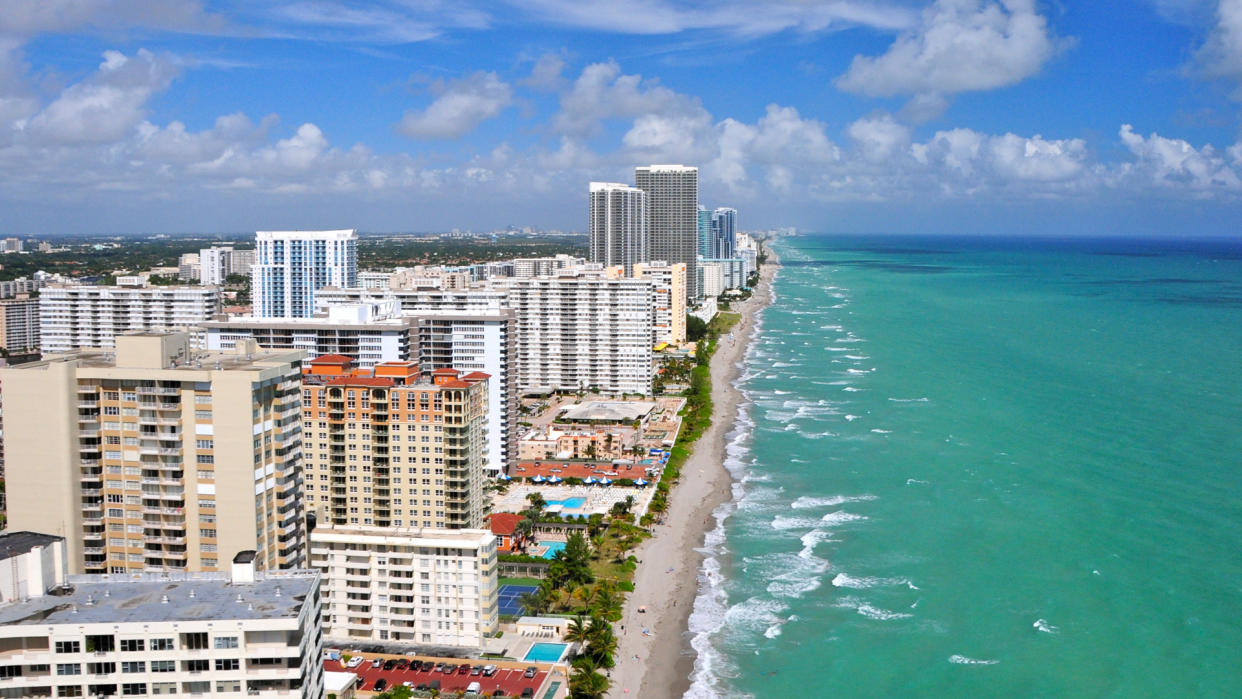
Florida
Florida Governor Ron DeSantis moved the state toward Phase 3 of reopening in mid-September, removing capacity limits for most businesses. His executive order included the “right to work,” which required local governments to justify limitations on restaurant capacity.
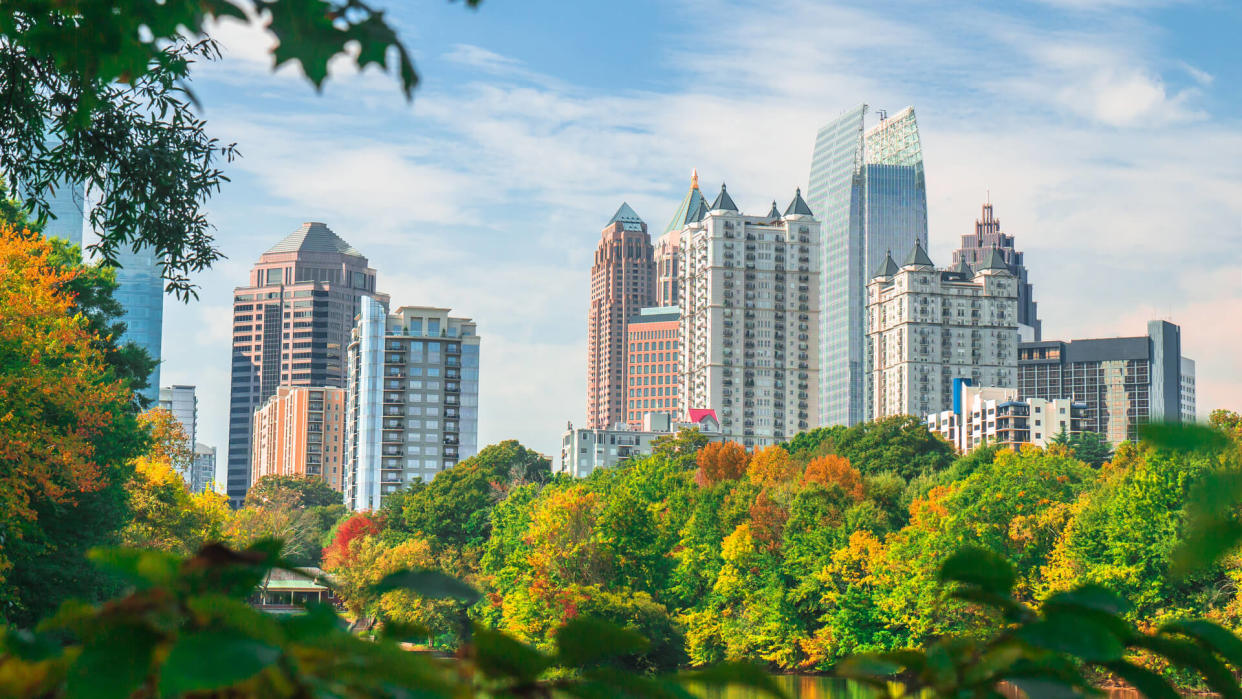
Georgia
Georgia Gov. Brian T. Kemp announced the beginning of its reopening on April 24. Most businesses were allowed to reopen, though face masks are still suggested. The only exception to the reopening is people living in long-term care facilities and other at-risk individuals, such as those with severe lung or heart disease, who should shelter in place. However, long-term care facilities and nursing homes can allow visitors if they meet certain criteria. Until November 30, businesses needed to follow social distancing and sanitization guidelines and a Public Health State of Emergency will be ongoing until at least December 9.
As Places Reopen: These States Have the Best Chance To Bounce Back
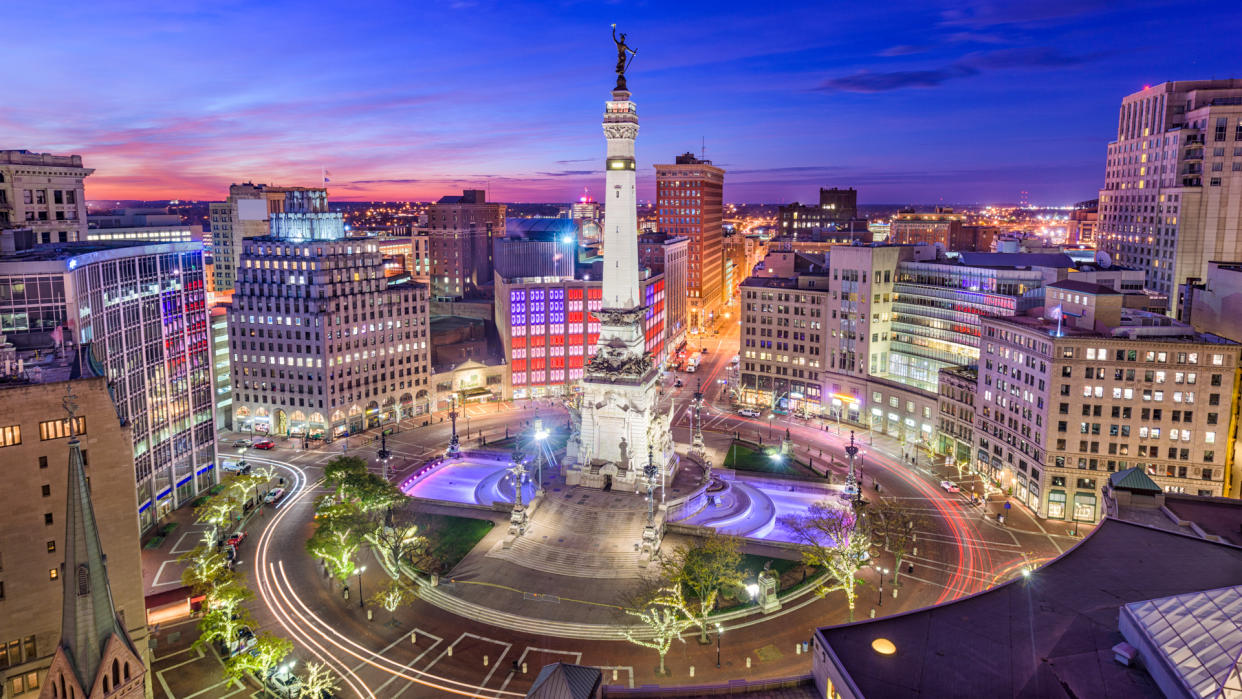
Indiana
In September, Gov. Eric Holcomb proceeded to stage 5 of its reopening plan. Under that stage, restaurants can open at full capacity, so long as they employ social distancing precautions. Retail stores and personal service businesses, including hair salons, can also operate at full capacity, as well as gyms and fitness centers, without restrictions. Senior centers can reopen with precautions. And any gathering of 500 people or more will require a plan submitted to the health department.
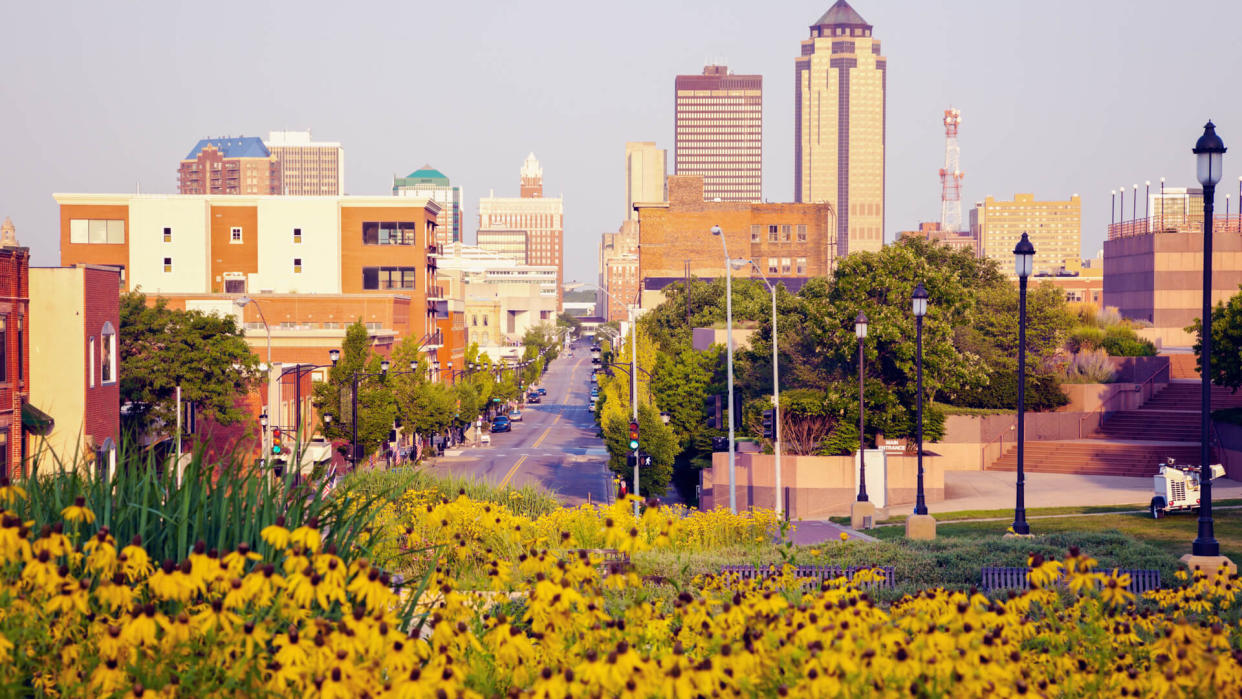
Iowa
Most businesses have been open in Iowa since May, with restrictions. This extends from bars to movie theaters, to salons and gyms.
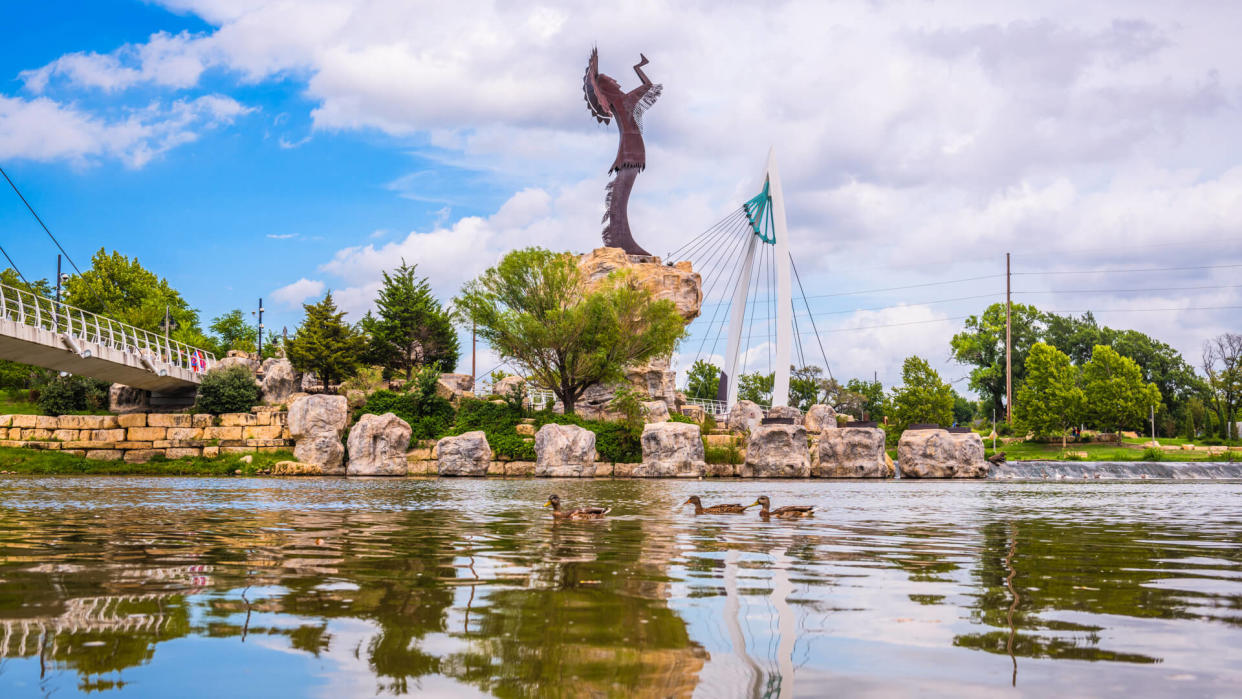
Kansas
Gov. Laura Kelly announced the beginning of the state’s reopening plan — dubbed Ad Astra in Kansas — on the final day of April with plans to kick it off on May 4. Though Kelly has pushed for more restricted reopenings, Republican lawmakers have presented a lot of opposition. The state remains open, with a public mask mandate. Also, any travelers who have visited a state with significant coronavirus numbers are required to undergo a 14-day quarantine.
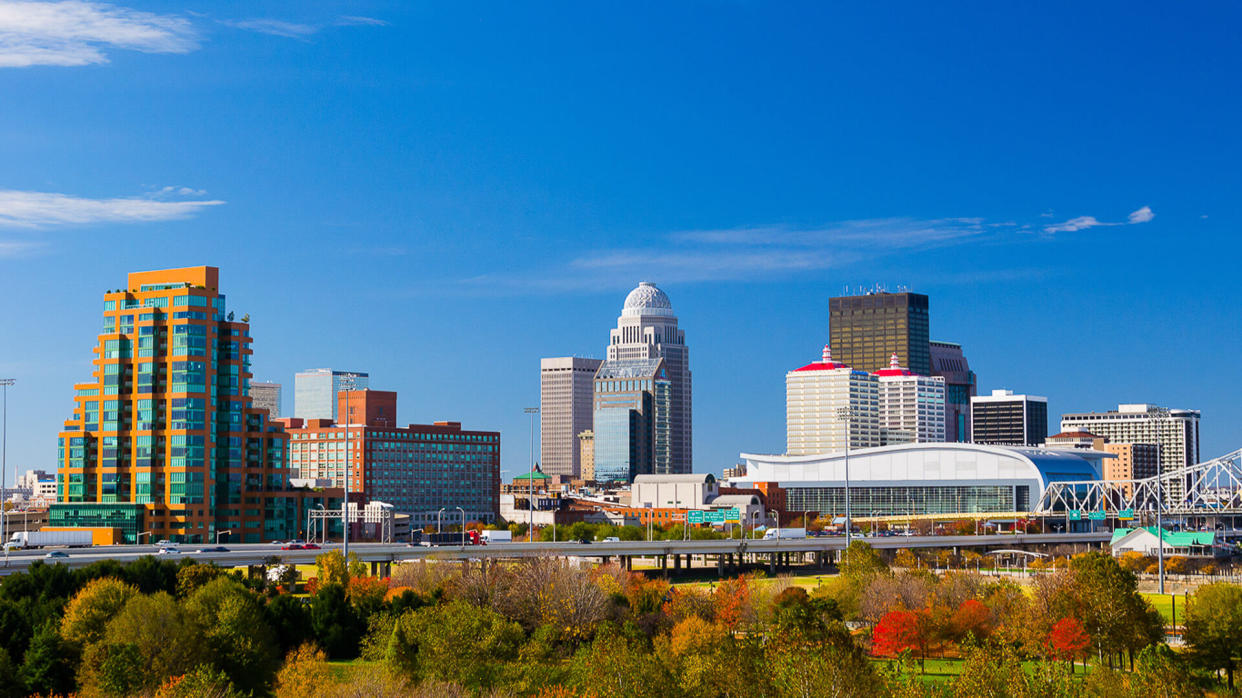
Kentucky
Kentucky’s reopening plan began on May 11 and persists, with restrictions such as a mask mandate for all indoor spaces, and 50% capacity for bars and restaurants. The state also discourages gatherings of any size. On November 20, a few more restrictions for businesses – like shutting down indoor dining – went into effect until at least December 13.
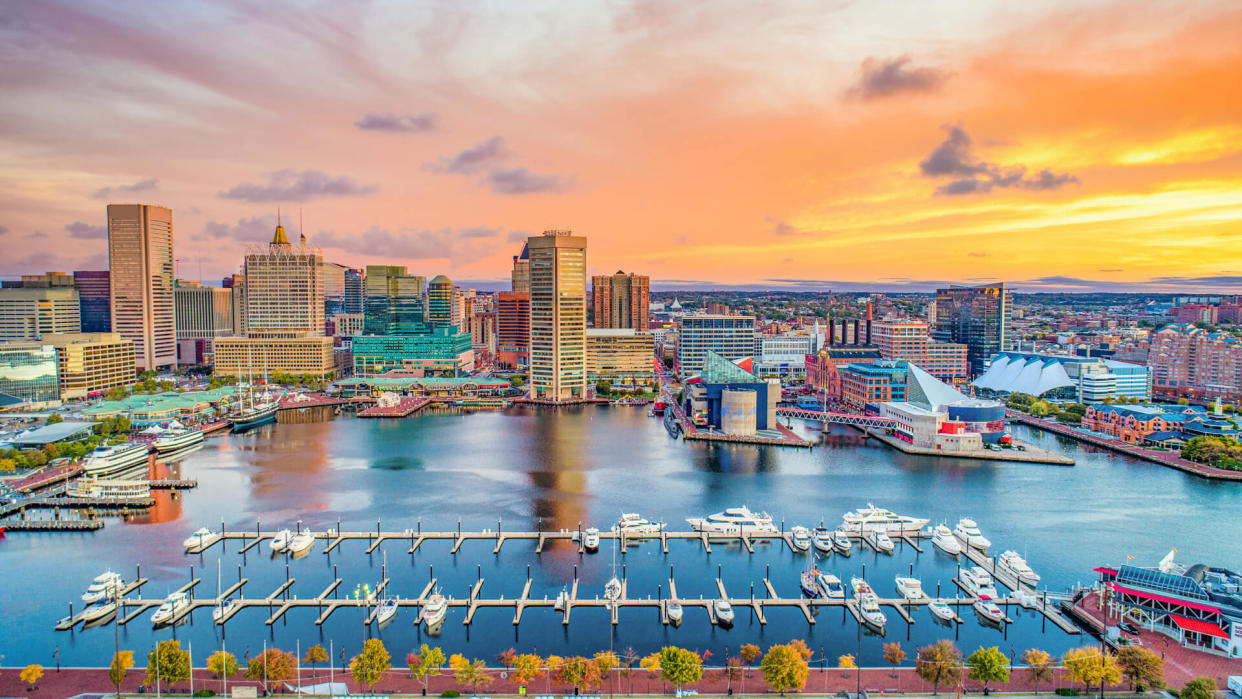
Maryland
In early September, Governor Hogan stated that Maryland was moving to the third and final phase of reopening, allowing all businesses to reopen, including movie theaters and live entertainment venues. He even reinstated indoor visits to nursing homes and long term care facilities as long as there have been no positive COVID-19 cases in the prior 14 days. But on November 20, new restrictions emerged – dining establishments must be closed from 10 p.m. until 6 a.m. and churches and stores are at 50% capacity.
More Struggles: People in These States Are Having the Hardest Time Paying Rent
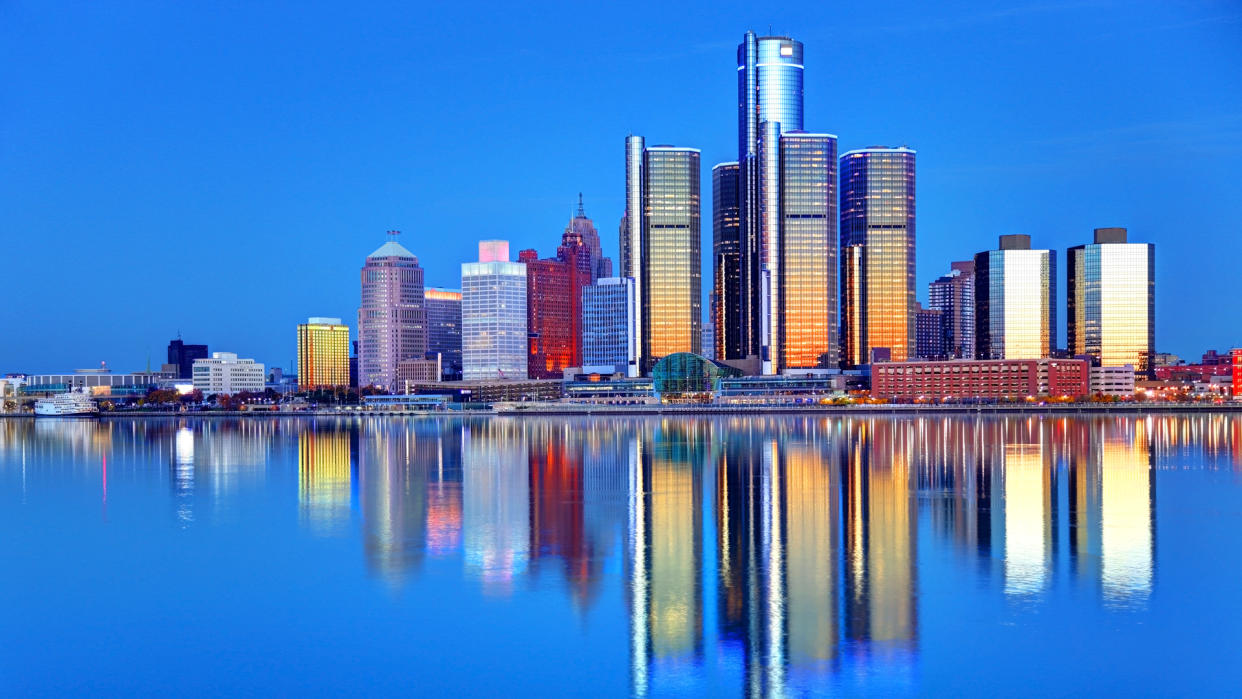
Michigan
Though the state had to close bars in July, in October, the health department allowed most businesses to open, with sanitation requirements and 50% capacity for restaurants, retail stores, libraries and museums. They did limit indoor residential gatherings to 10 people, and outdoor gatherings to 100. Individuals 5 and older must wear a face mask in public spaces. Gretchen Whitmer, the governor of Michigan, has been limited in issuing a state lockdown due to a state Supreme Court ruling on October 2.
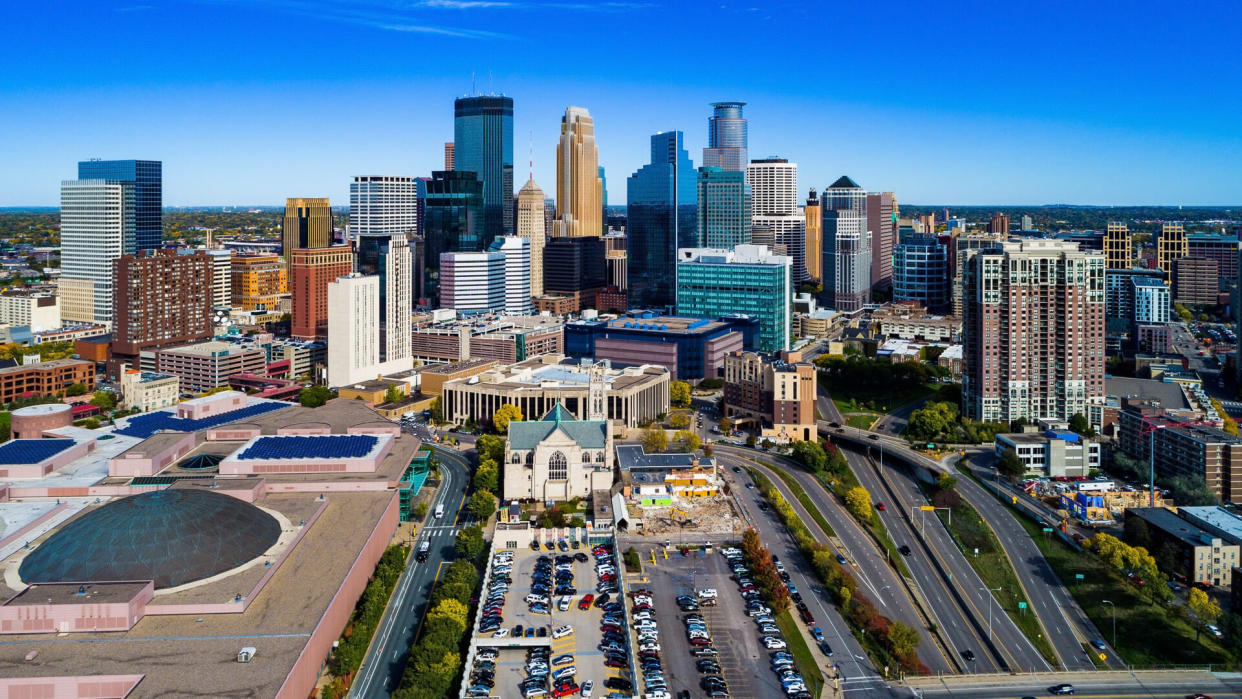
Minnesota
As of June 10, the state had reached Phase 3, in which outdoor gatherings of up to 25 are allowed, and bars and restaurants can reopen at 50% capacity, and require customers to make reservations. Under Phase 3 of the state’s Stay Safe plan, gyms, movie theaters, concert halls and museums can open with limited numbers of visitors. Personal-care businesses, such as hair and nail salons, can reopen with safety and sanitation practices in place. Retail stores can continue to allow a limited number of customers inside. Indoor gatherings are capped at 10 people. The mask mandate is strict, with fines as high as $25,000.
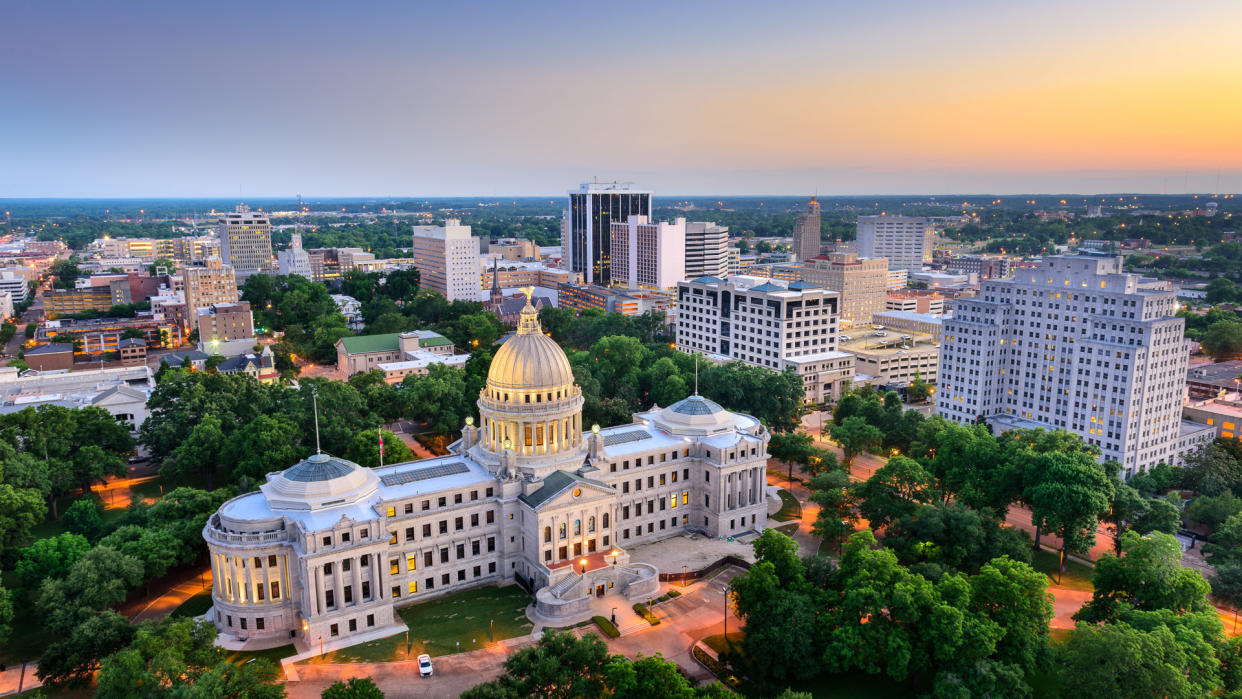
Mississippi
In September, Governor Reeves loosened restrictions on restaurants, retail stores and gyms, and did not reinforce the mask mandate, except in schools. However, in October Mr. Reeves reinstated the mask mandate and gathering limits in several counties as cases rose.
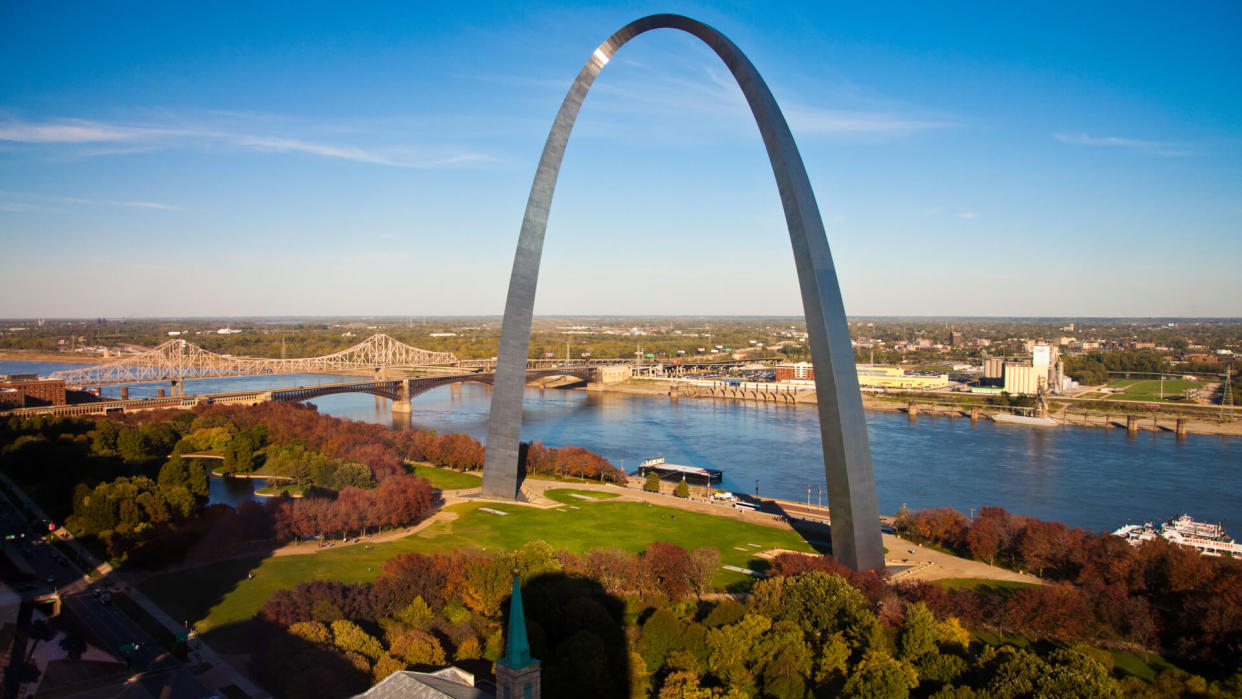
Missouri
Missouri announced that its “Show Me Strong Recovery” plan would kick off on May 4. By June 16, that had given way to a full reopening for the state, with social distancing and other sanitation policies in place, including encouraging people to avoid large crowds.
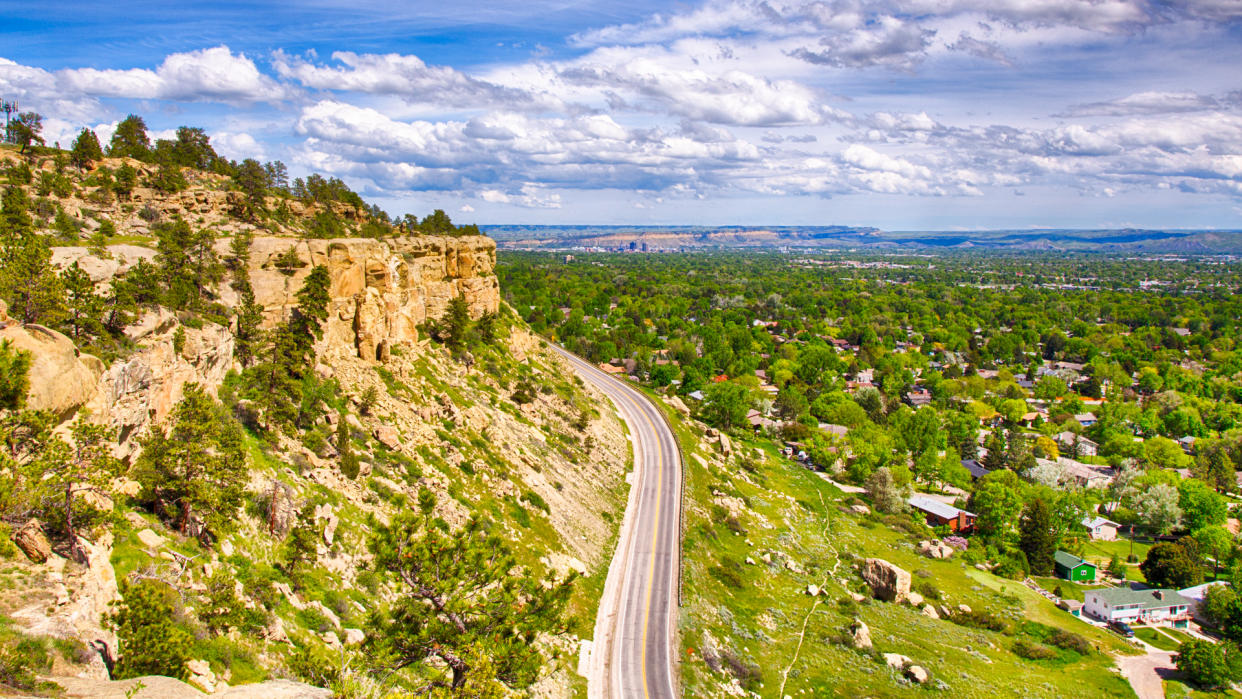
Montana
Montana began its reopening on April 26, with Gov. Steve Bullock launching its Reopening the Big Sky plan. All businesses were allowed to reopen June 1, so long as they abided by certain guidelines. A mask mandate has been in effect since November 20.
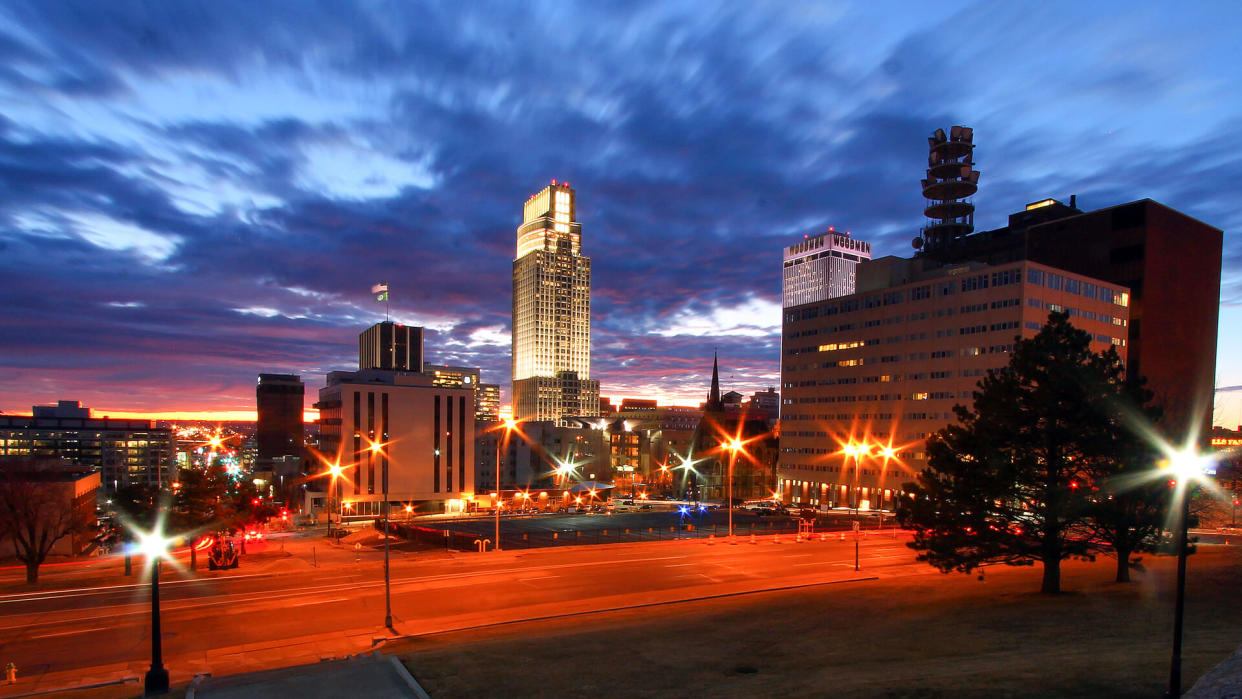
Nebraska
As of Oct. 21, all counties in Nebraska have moved into the state’s Phase 3.1 reopening plan. This allows bars and restaurants to operate at 100% capacity, though parties must be limited to eight people and seating is limited. Gatherings at theaters, arenas, stadiums, auctions and similar establishments are limited to 50% capacity if indoors and 100% capacity if outdoors, but not to exceed 10,000 people. A mask mandate has been extended through December.
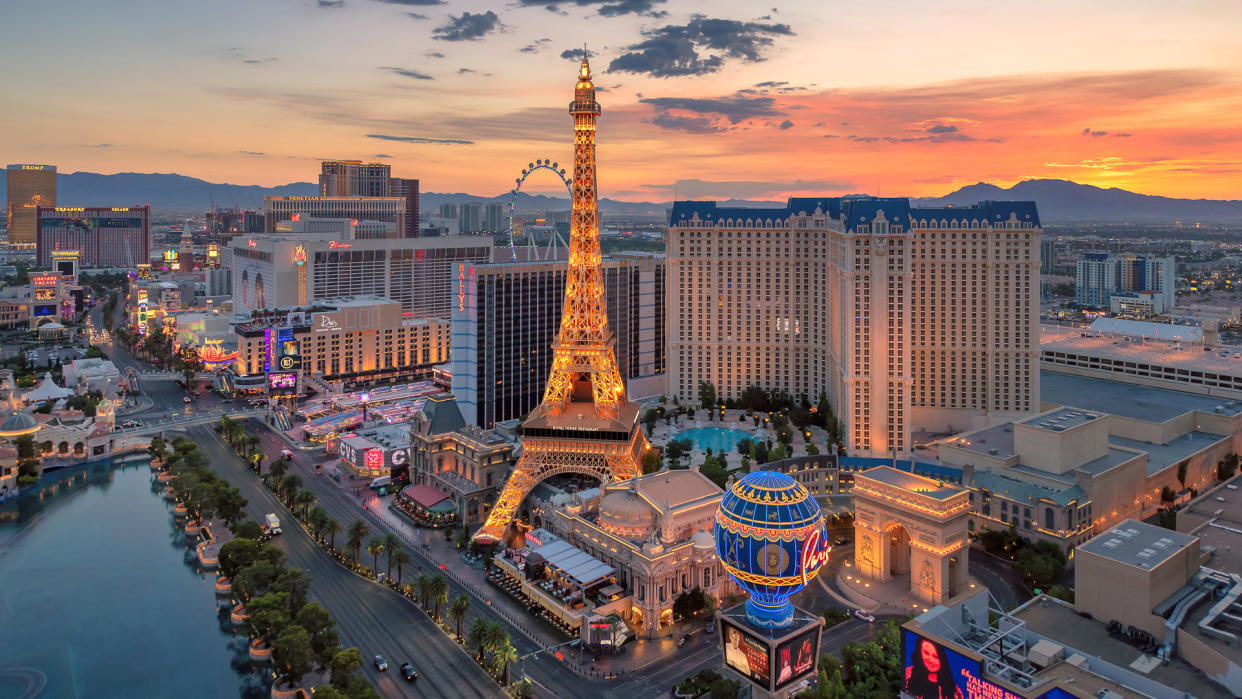
Nevada
Gov. Steve Sisolak adopted a “road to recovery plan,” which was aimed at protecting counties with an increased risk of COVID-19 transmission. But on November 22, Governor Sisolak announced a “statewide pause” that includes a mask mandate, and a 25% capacity restriction for many businesses. The three-week pause went into effect on Tuesday, November 24.
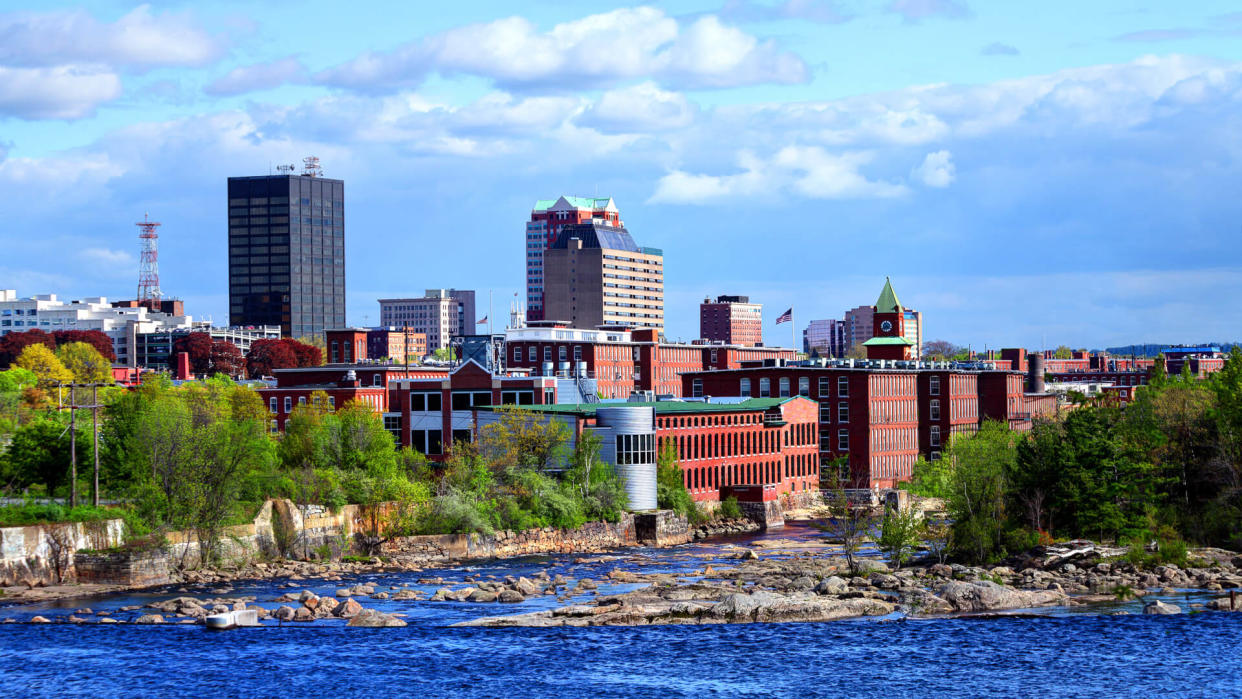
New Hampshire
As of June 29, businesses have reopened and gatherings of 10 or more are allowed again, though with restrictions. Gov. Chris Sununu mandated face coverings at scheduled activities where 100 people or more are gathered, such as religious services, concerts or sporting events. Restaurants can offer indoor and outdoor dining services, so long as tables are spaced 6 feet apart. Gyms can be open at 50% capacity.
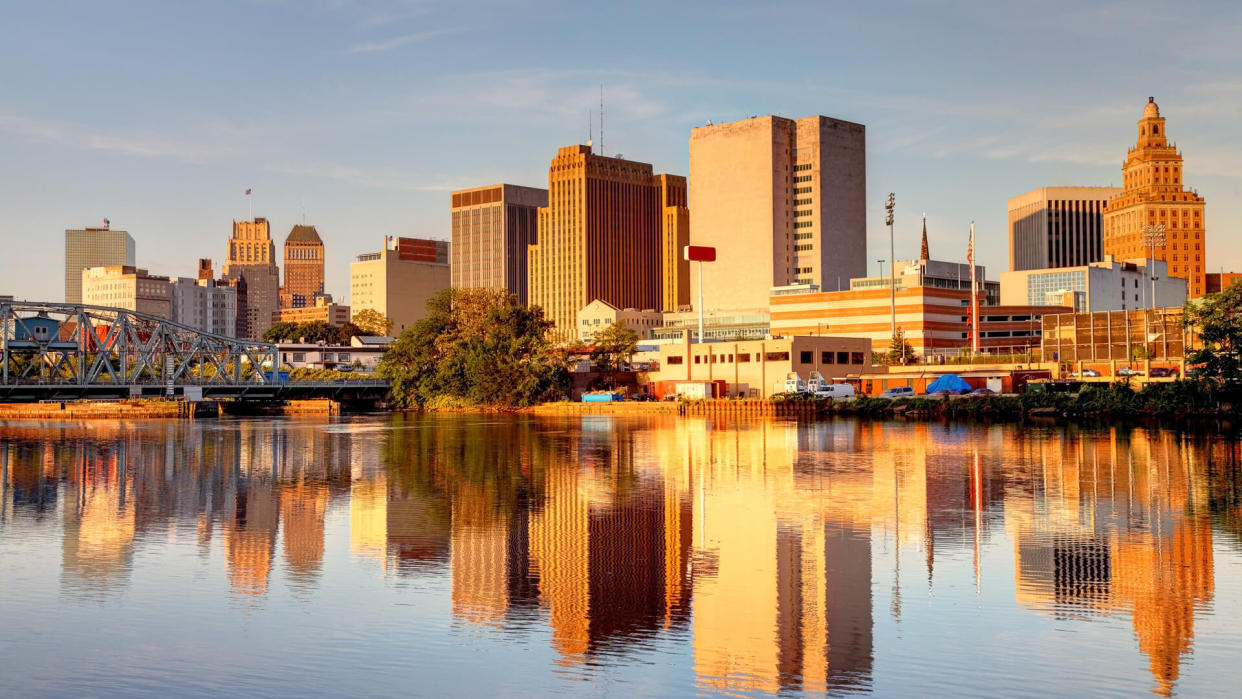
New Jersey
While the Garden State did reopen a number of businesses, Gov. Phil Murphy has mandated certain restrictions. Restaurants can only serve at 25% capacity and tables must be spaced 6 feet apart, among other restrictions. Movie theaters must also operate at 25% room capacity or 150 people, whichever is smaller. As of November, indoor gatherings can only proceed with 10 or fewer people. Outdoor gatherings of up to 150 people are allowed, but they must maintain a 6-foot distance from one another.
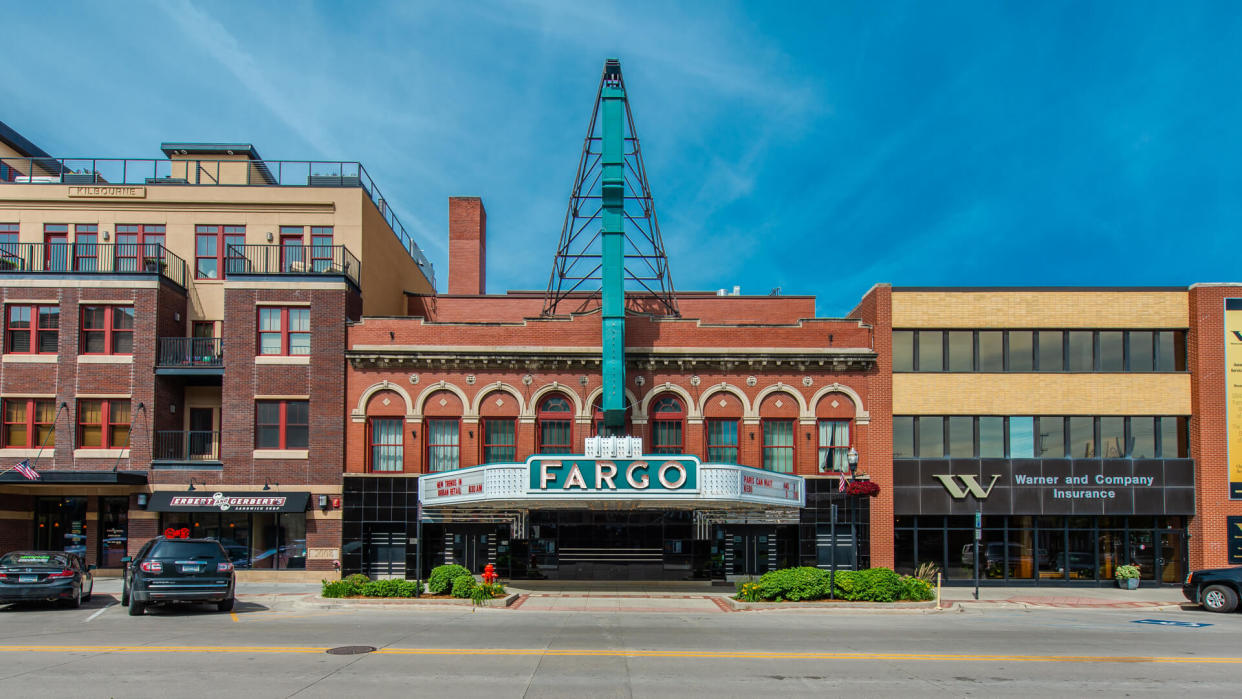
North Dakota
Gov. Doug Burgum announced on November 13 that month-long COVID restrictions would go into effect: Bars and food service establishments can only be filled up to 50% capacity or fewer than 150 people, while also closing from 10 p.m. to 4 a.m. (except for curbside pick-up, delivery and the like). Other businesses are limited at various capacities depending on their “essential” status. A mask mandate is also in place.
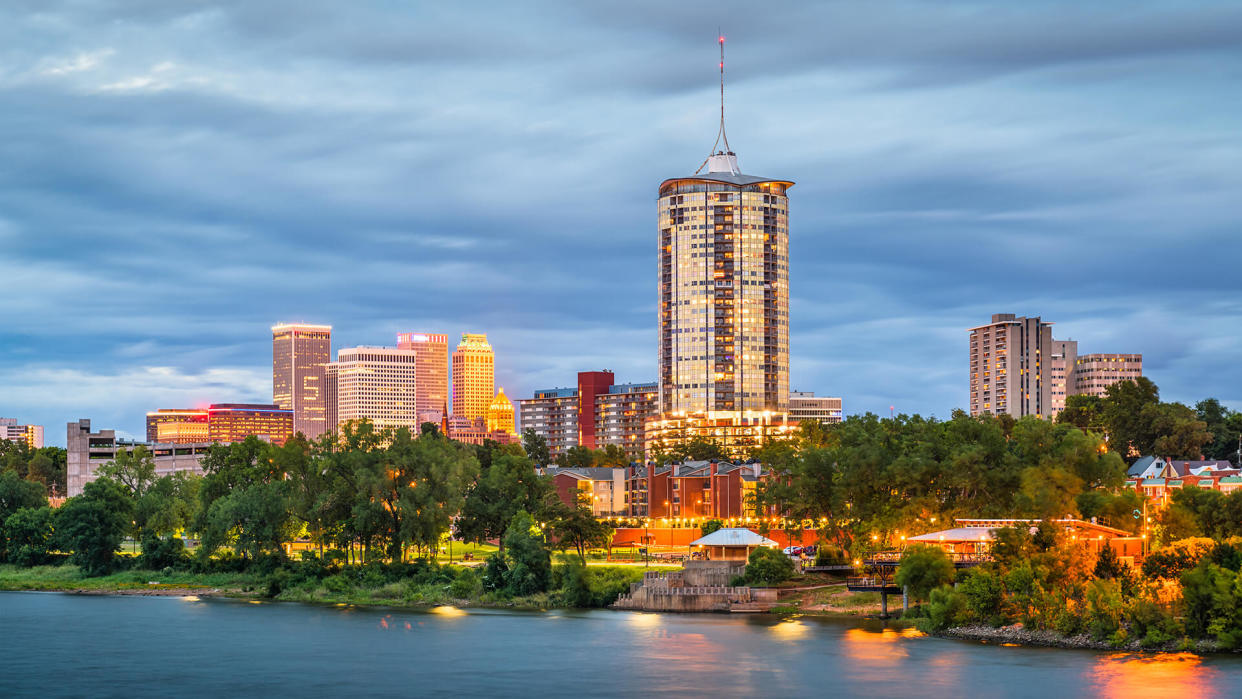
Oklahoma
By the start of June, Oklahoma had reached Phase 3 of their plan that allowed businesses to reopen with clear guidelines regarding cleaning and maintaining social distance. This included hair salons and other personal-care businesses, and more. All businesses are expected to implement sanitation and social distancing practices, and some cities require face coverings when in public. On November 19, COVID restrictions were revised. Every state employee in the executive branch is now required to wear a face mask, tables in restaurants must be spaced 6 feet apart, and bars and restaurants must close by 11 p.m. except for drive-thru or curbside pick-up.
Businesses To Watch: These Industries Will Make the Biggest Comeback from COVID-19
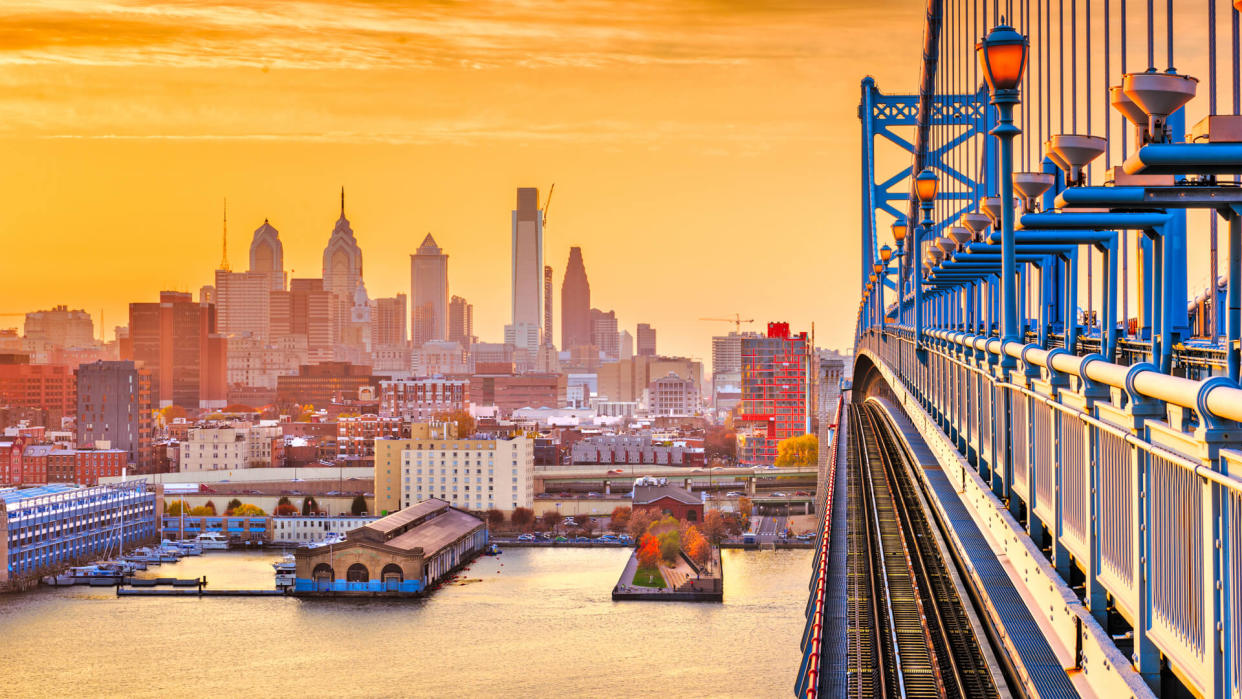
Pennsylvania
As of October 9, the state had begun to reopen on a grander scale, including restaurants (at 50% capacity), gyms, hair salons, nail salons and even concert and stadium venues.
Indoor and outdoor limits on gatherings depend on the maximum occupancy of a space and are determined by using an occupancy calculator. People age two and older must wear a face-covering in indoor public spaces. Everyone is advised to wear masks in their homes when gathering with those who live elsewhere.

South Carolina
After a slow trickle of reopening beginning in June, by October 2, Gov. Henry McMaster lifted occupancy limits on restaurants. While they can seat patrons at 100% capacity, people do have to wear a face-covering inside, except when eating or drinking, as well as other rules. Bigger venues such as entertainment venues, theaters and concert halls, can reopen at 50% occupancy or 250 people (whichever is smaller). Masks are required.
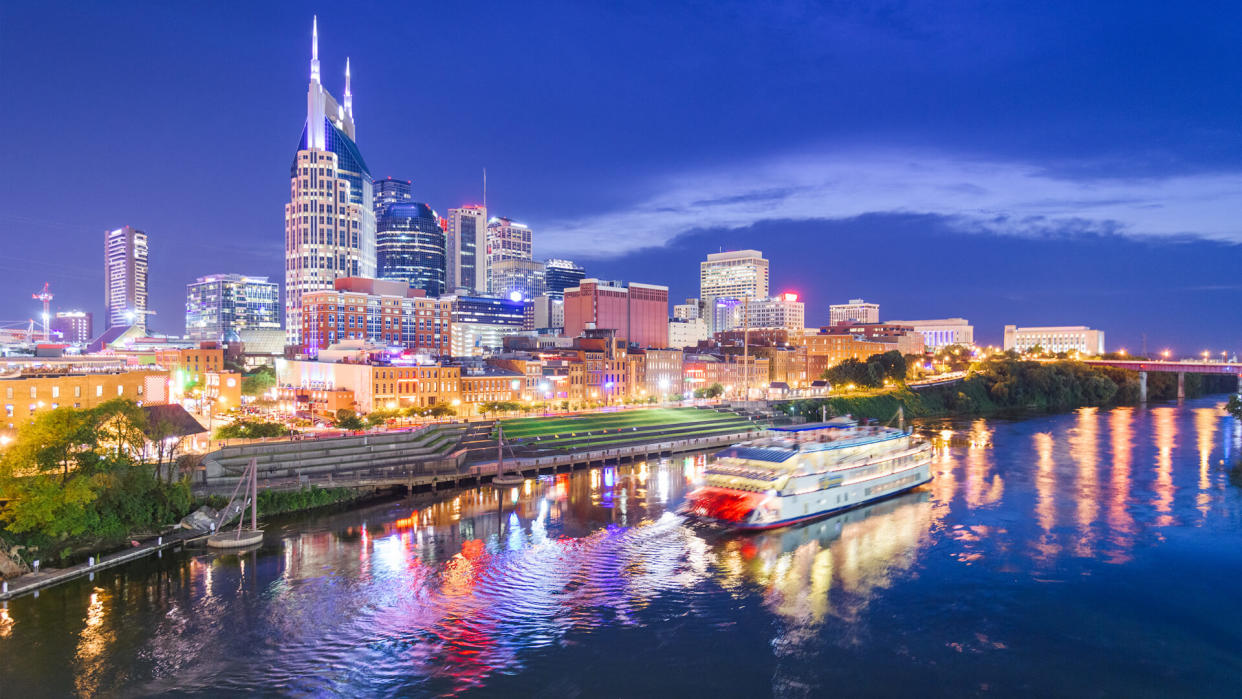
Tennessee
As of late September, Gov. Bill Lee allowed 89 of 95 Tennessee counties to reopen businesses and reconvene gatherings of any size. Safety measures, such as mandated mask requirements and social distancing are in place.
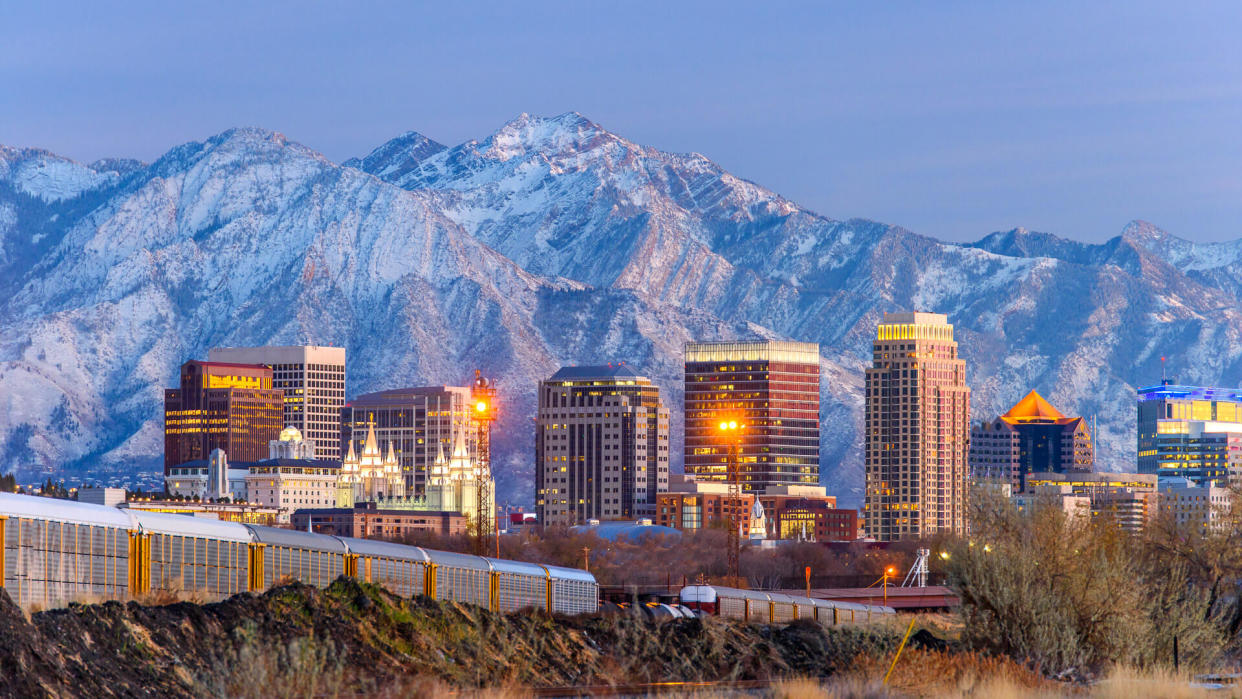
Utah
Utah has allowed all businesses to reopen with mask requirements since May. However, in October, Gov. Gary Herbert and the health department modified the reopening strategy based on the rate of infection in a community. Social gatherings are limited to 10 people or fewer in high-level communities. A strict mask mandate and social restrictions (limiting social gatherings to only those who share a household, for example) was in effect for much of November – the mask mandate continues.
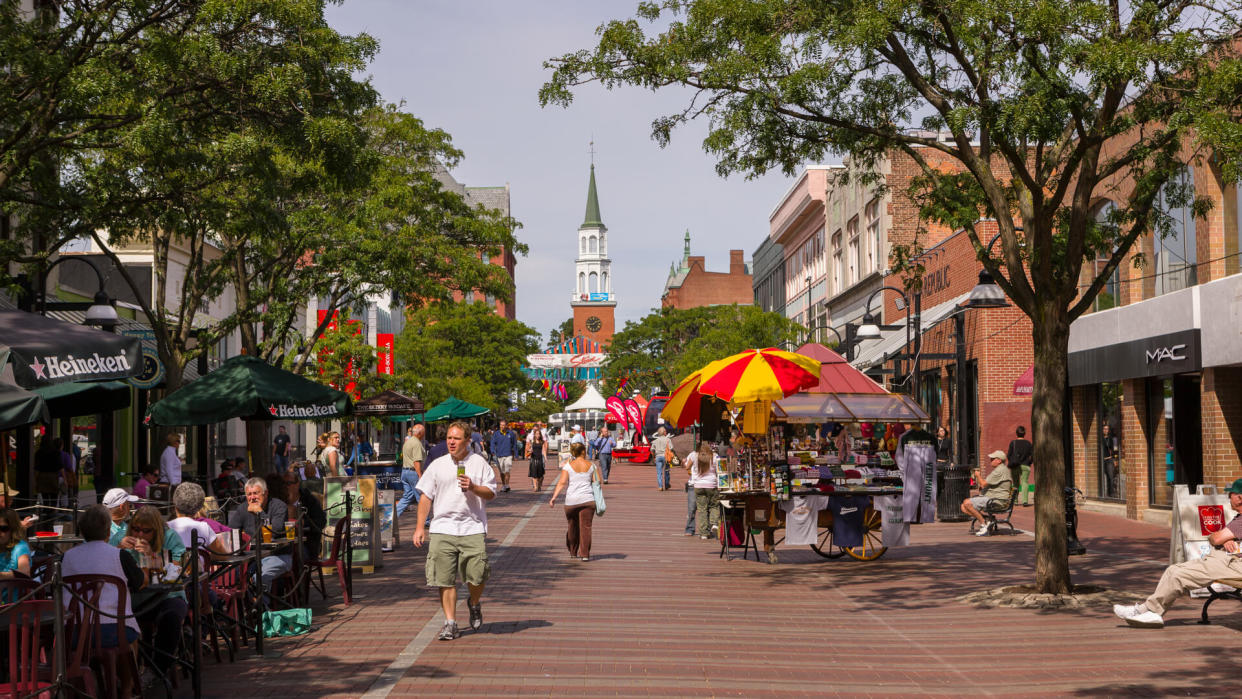
Vermont
Vermont began its reopening on May 18, offering retailers the chance to do business if they kept to safety guidelines, and by June gyms and restaurants were also reopened. People must wear face masks indoors and at outdoor public spaces. While businesses remain open, in October, Governor Scott set new restrictions on recreational sports due to outbreaks. As of November 14, people have been restricted from gathering with those not in their households.
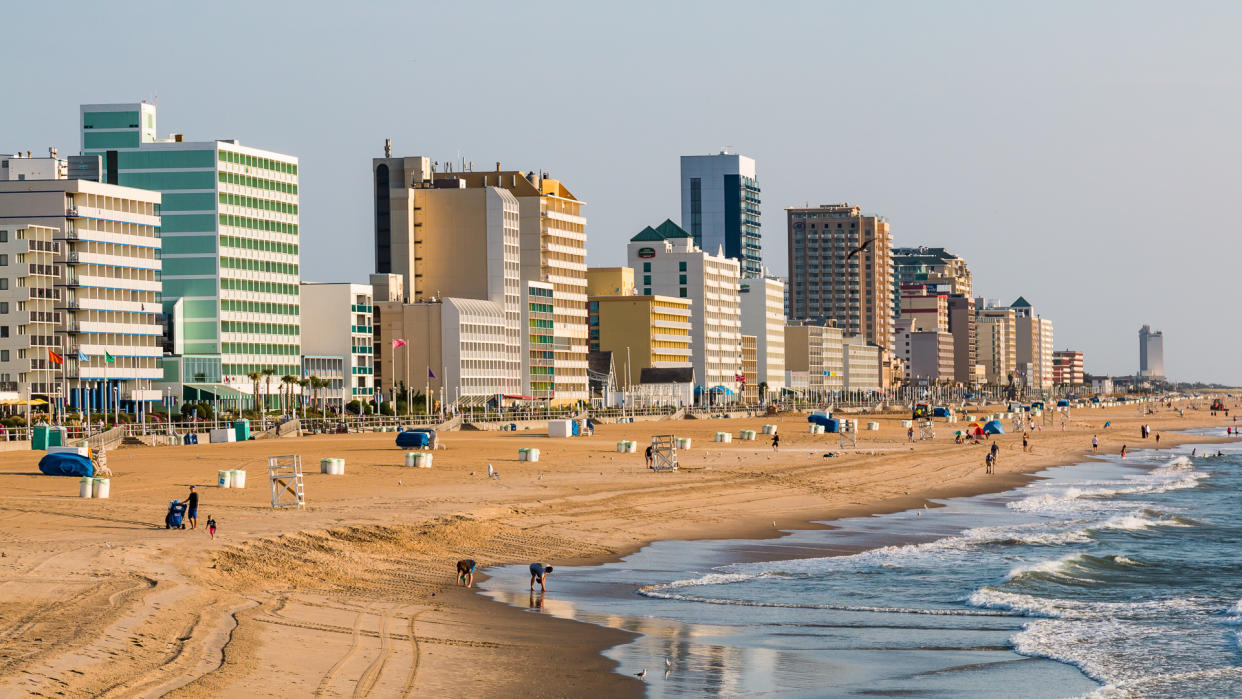
Virginia
Virginia has been in Phase 3 of its reopening plan since July. Restaurants can serve at full capacity if patrons are separated by 6 feet, as well as other restrictions. Other venues such as indoor and outdoor swimming pools, gyms and fitness centers are allowed to operate at 75% capacity. Movie theaters, concert venues and other entertainment areas can reopen but must follow strict guidelines. Face coverings are required for people age 10 and older.
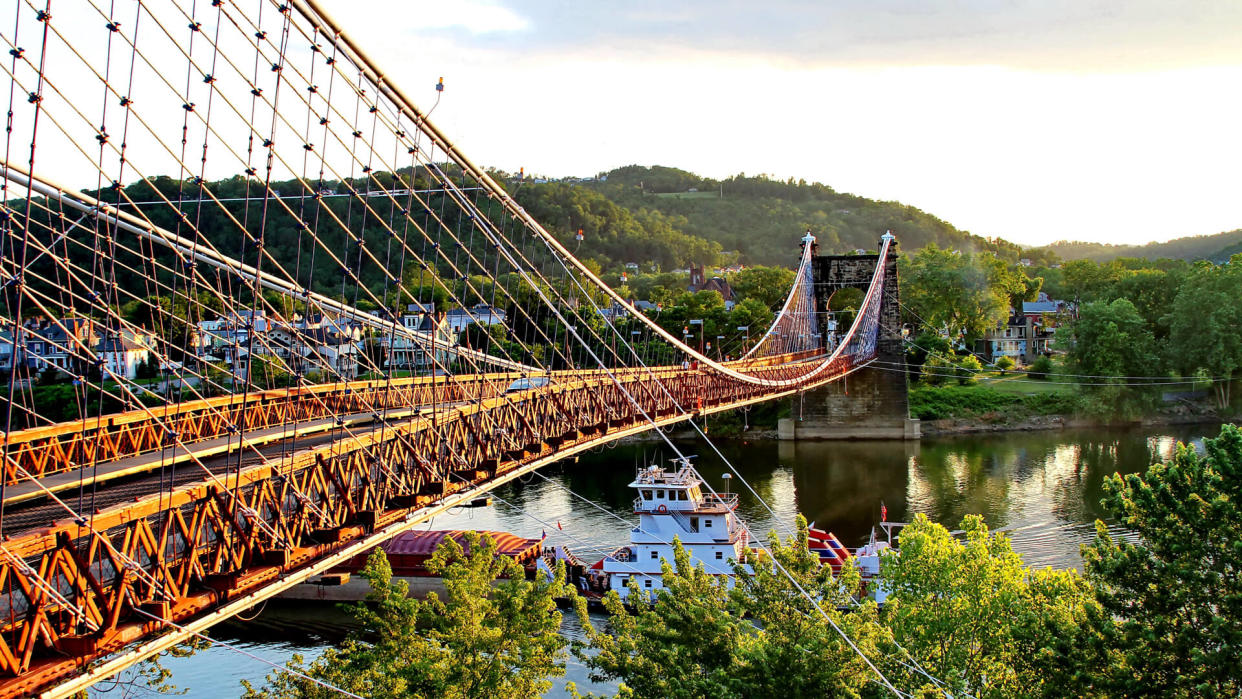
West Virginia
West Virginia has had moderate success opening since April, with some closures in July. Starting November 14, Justice issued a mask mandate requiring people to wear a mask in public whenever indoors – not only when social distancing isn’t possible. School winter sports have been postponed until January 11, 2021.
By the Numbers: The Cost for Schools To Reopen This Fall
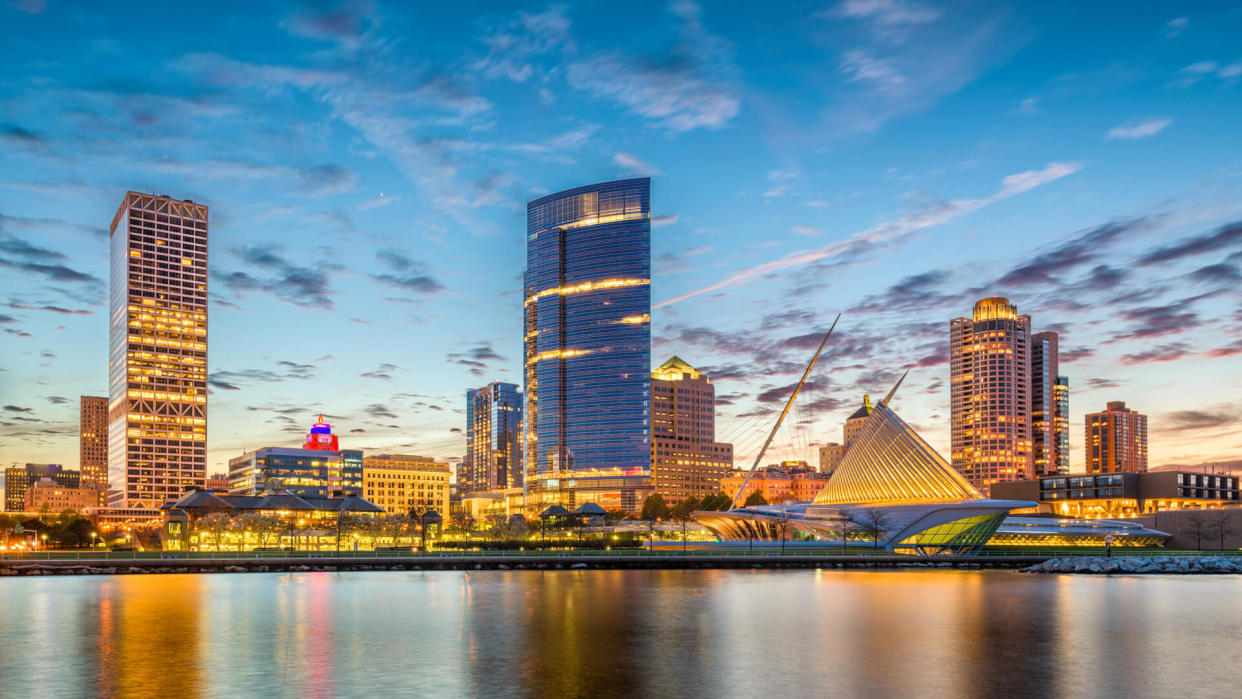
Wisconsin
Though Governor Tony Evers tried to be moderate in reopening, the state supreme court shot down its “safer at home” order on May 14, effectively reopening the entire state in a single stroke. Since then, indoor gatherings in restaurants, retail stores and office lobbies can operate but only at 25% capacity. Everyone age 5 and older must wear a face covering when indoors or in an enclosed space (other than their homes) when in the presence of other people not from their family. On November 12, Evers advised all residents to “stay at home” in a speech, but did not issue an official order.
Be Aware: 17 Everyday Products You Use That Are Still Being Affected By the Coronavirus
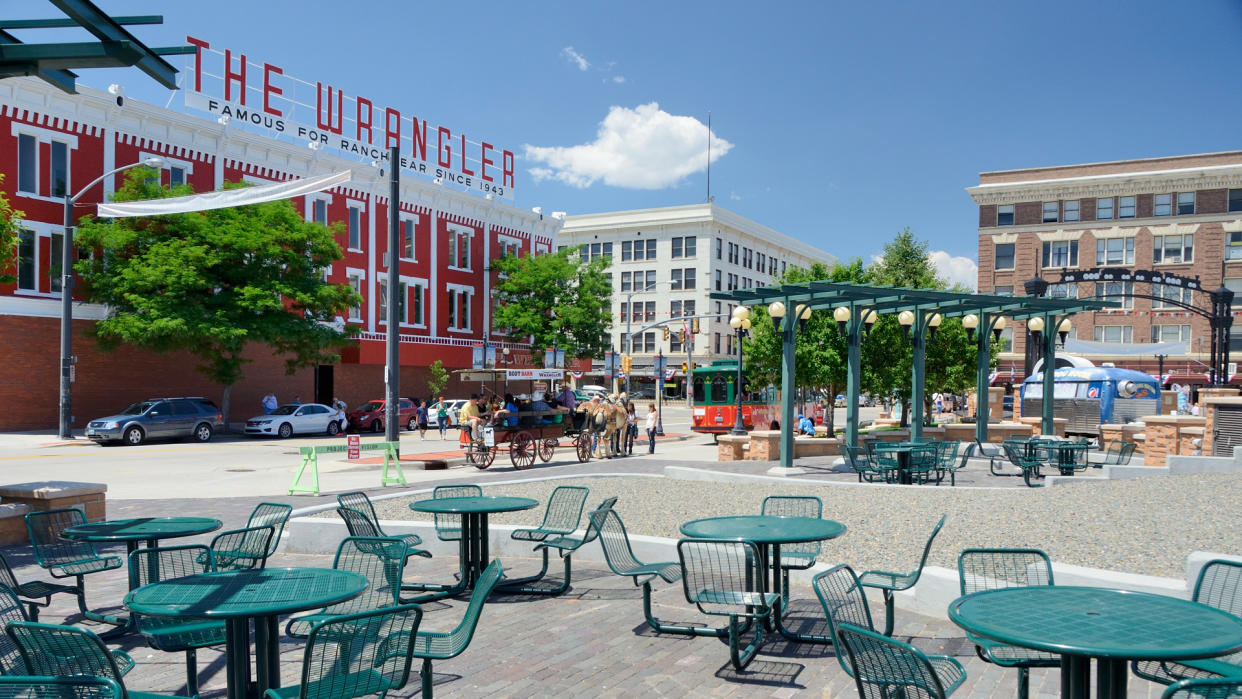
Wyoming
Gyms, barbershops and hair salons all got the okay to reopen on May 1 under specific guidelines. Gov. Mark Gordon updated those orders on June 15 to allow for schools to reopen, parades and indoor gatherings of up to 250 people. Since October 15, restaurants, bars and other food establishments were able to increase party size from 6 people to 8 (or more if within the same household). On November 24, orders from the State Health Officer took effect; while businesses remained open, gatherings were limited to under 25% of capacity or 100 people, whichever is less. Church services are exempt.
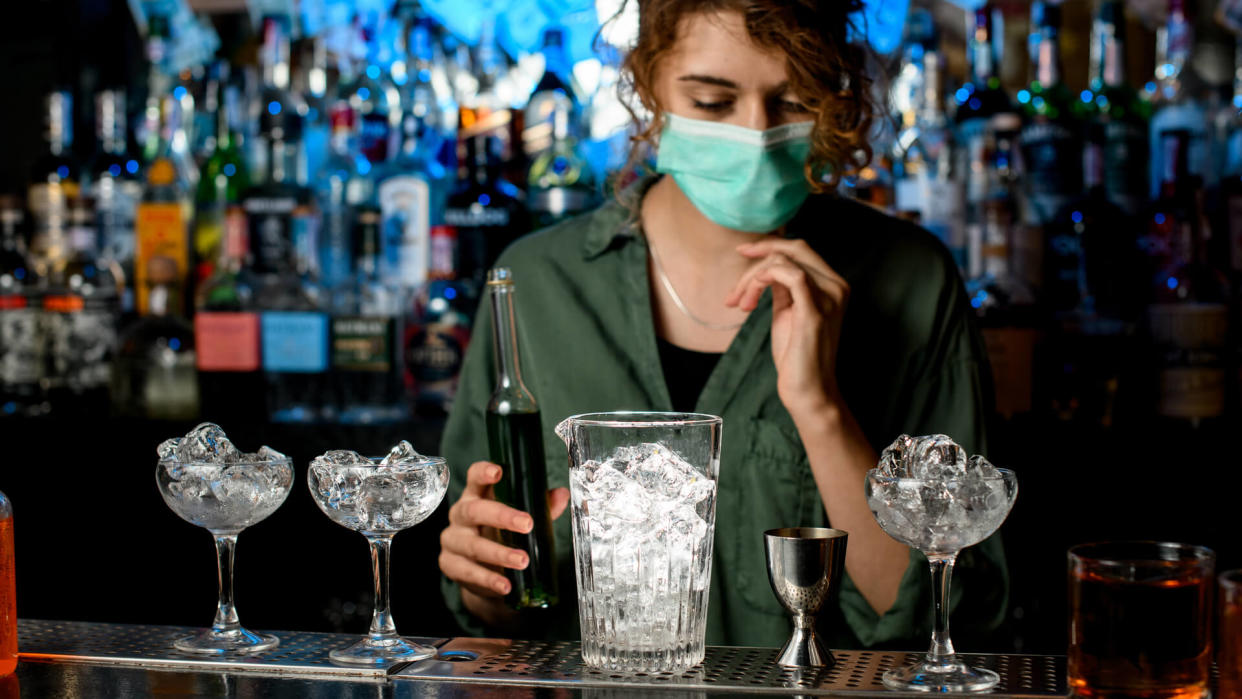
States That Have Paused Plans To Reopen
The recent surge in the coronavirus cases has led a number of states to take more time before moving on to the next stage of their recovery. They haven’t made any reversals, but they are pausing the process until the health news turns around.
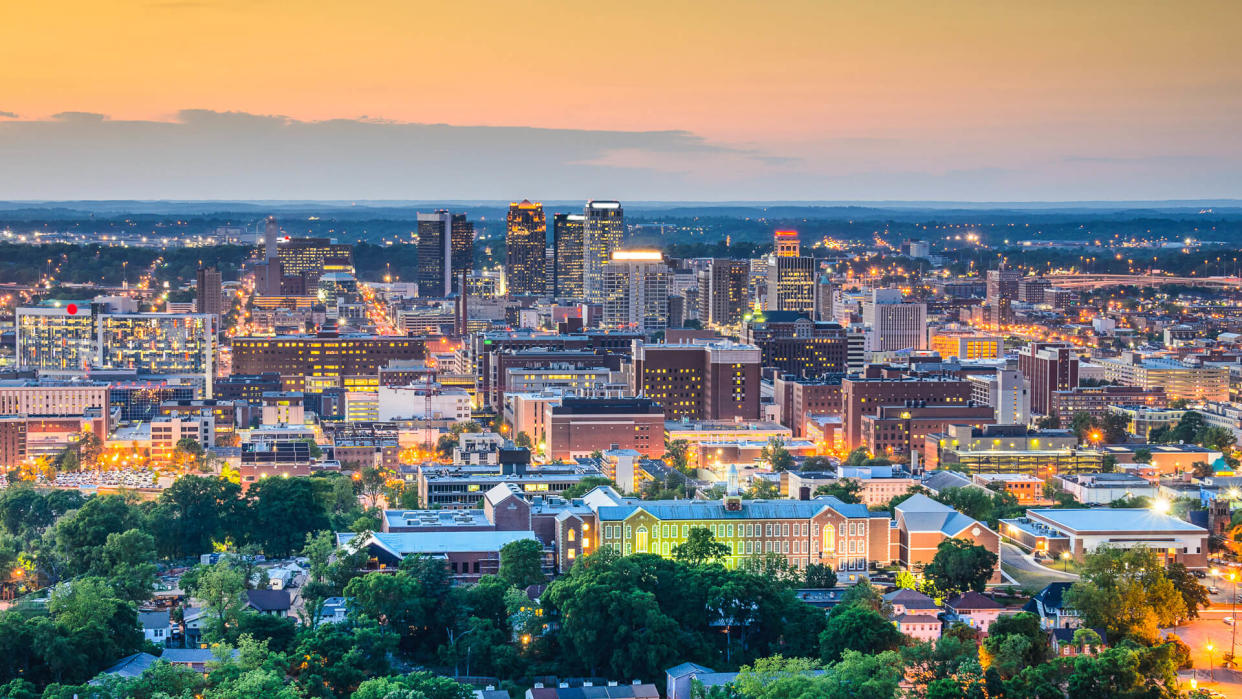
Alabama
Gov. Kay Ivey issued a state of emergency that effectively shut the state down, but it has since reopened most businesses in a process it launched on May 1. The governor made an announcement on July 15 that the emergency declaration would now include a mask requirement. As of August, Ivey extended the state’s “Safer at Home” program on a monthly basis that encourages people to limit their trips to essential business only; for now, it has been extended until December 11.
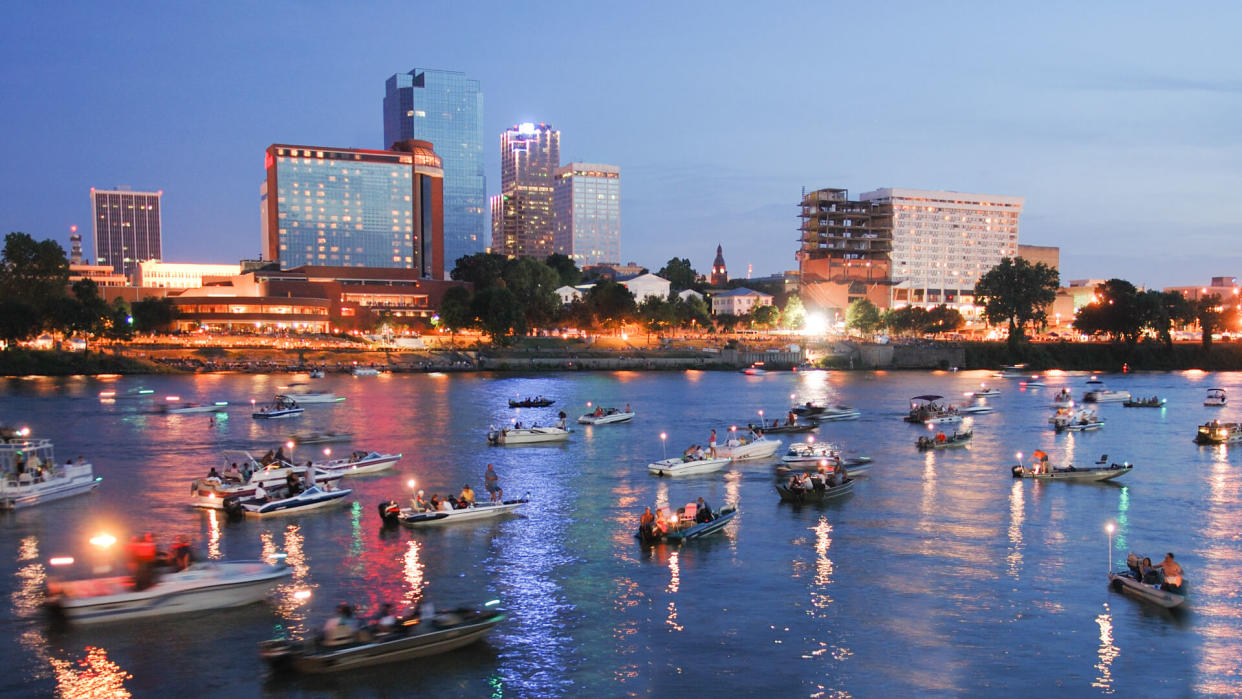
Arkansas
Arkansas began its reopening process on May 4, but it may have moved a little too quickly when it signaled the OK for indoor venues a fortnight later. In June, Gov. Asa Hutchinson announced that Arkansas was hitting pause on further reopening after the state’s highest one-day increase in new cases. In September, the governor did allow some self-service operations, including, salad bars, buffets, and condiment bars to reopen but is otherwise taking it slow.
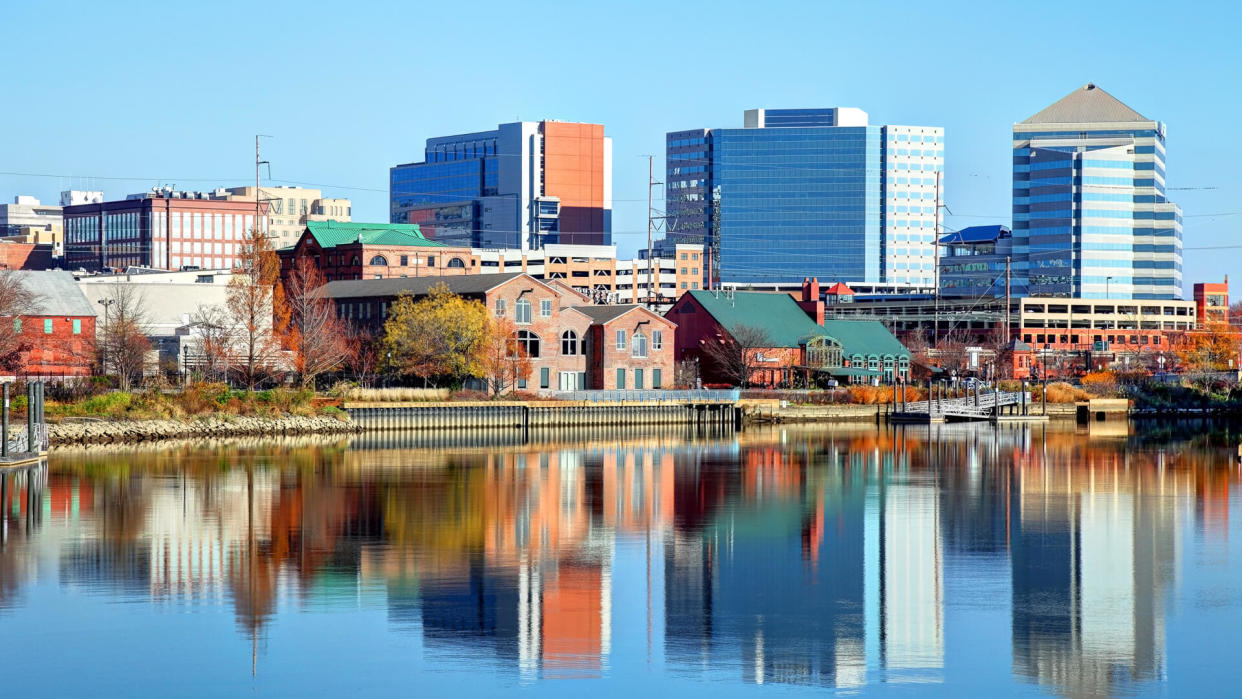
Delaware
Delaware’s reopening program was late by the standards of most states, but it might still have been too soon. The state entered Phase 1 at the start of June and transitioned to Phase 2 by mid-June, but it had to announce that it was delaying Phase 3 before the month was over. It has remained in Phase 2 ever since.
Wear a Mask or Pay a Fine: This Is What Cities Are Charging
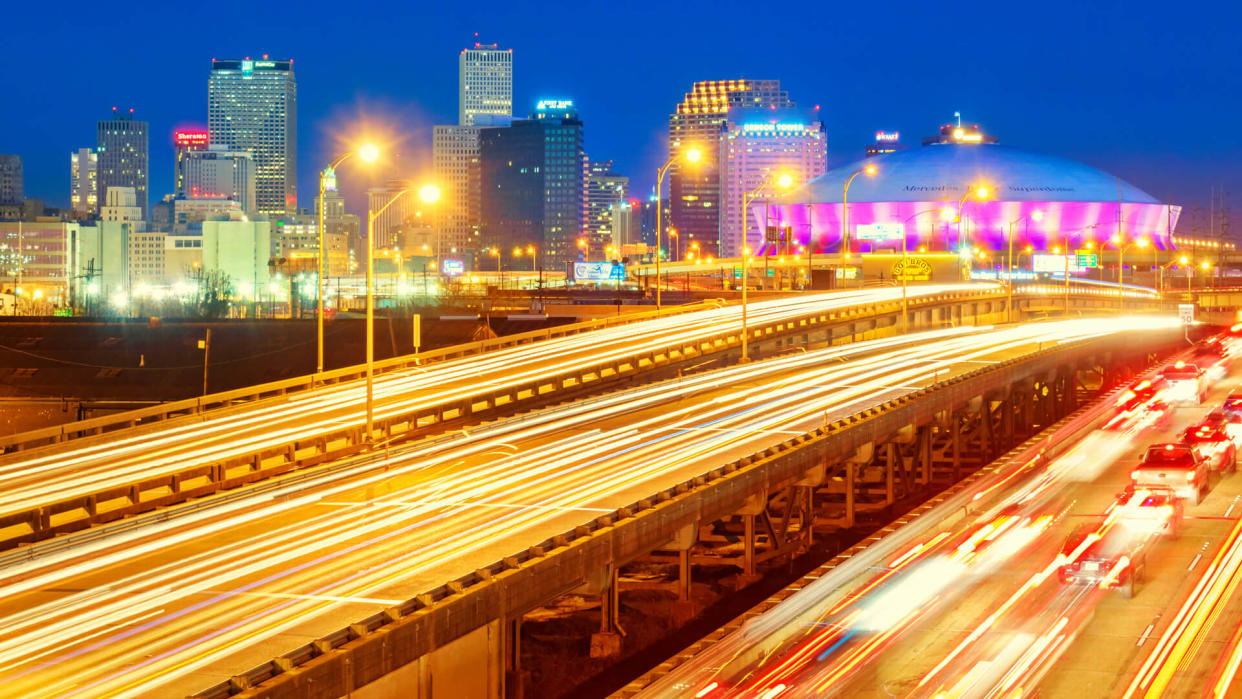
Louisiana
Louisianans had been expecting Gov. John Bel Edwards to announce that the state would be moving ahead to Phase 3 in late July, but it was not meant to be. Edwards revealed that the state would remain in Phase 2 until it had seen more progress in stemming the pandemic. By September, the state had moved on to Phase 3, but reverted to “modified” Phase 2 restrictions on November 24.
Prepare For the Worst: Here’s How Much Emergency Cash You Need Stashed If an Emergency Happens
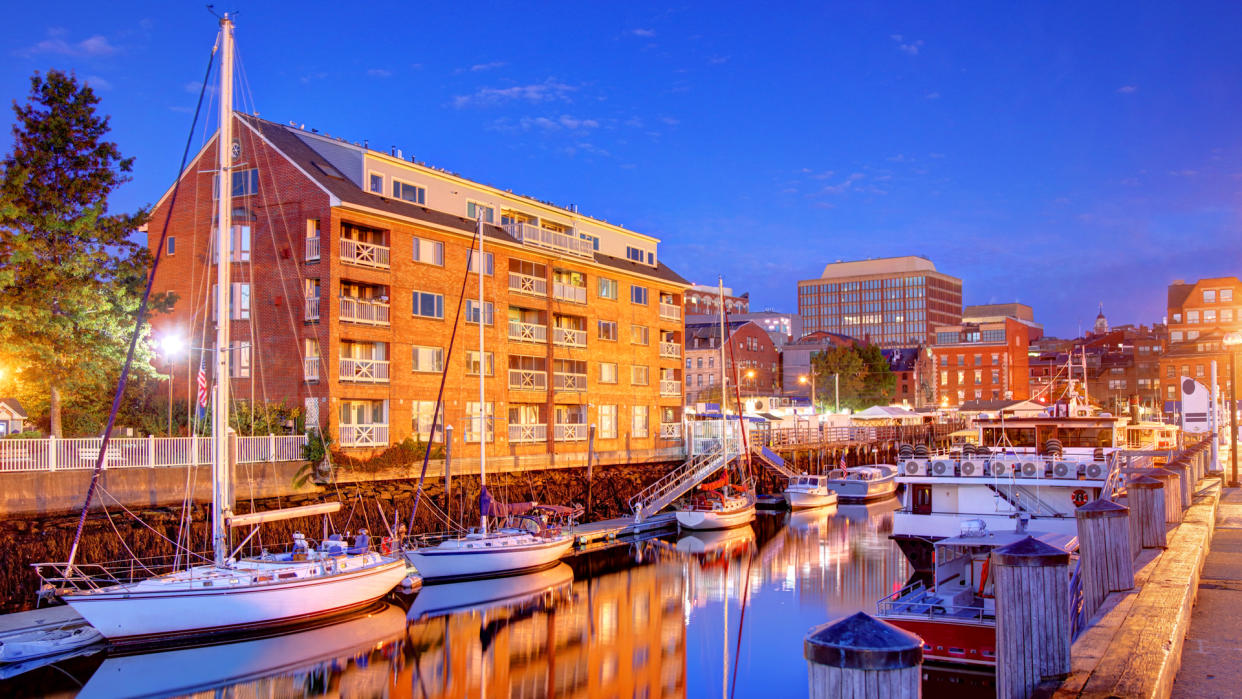
Maine
Gov. Janet Mills started her modified stay-at-home order on May 1, and the state has allowed the majority of businesses to reopen with safety limitations. However, on June 22, Mills announced that indoor bar service would not be reopening as scheduled and she increased restrictions on indoor gatherings. Face masks are also required in public settings, even with social distancing in place. On November 19, most non-essential businesses – from movie theaters to casinos and bars – needed to close by 9:00 p.m. This order will last until December 6.

Massachusetts
Uncertainty continues to swirl around when Massachusetts will enter Phase 4 of its reopening plan, which would give the OK to open to bars, clubs and other entertainment venues. However, the recent surge in cases has clearly made Gov. Charlie Baker decide to opt for prudence. As of November 6, Mr. Baker issued an advisory that urges residents to stay at home between the hours of 10 p.m. and 5 a.m. There are exceptions for going to work and the grocery store. Certain businesses must close by 9:30 p.m., such as movie theaters, gyms, hair salons and casinos.
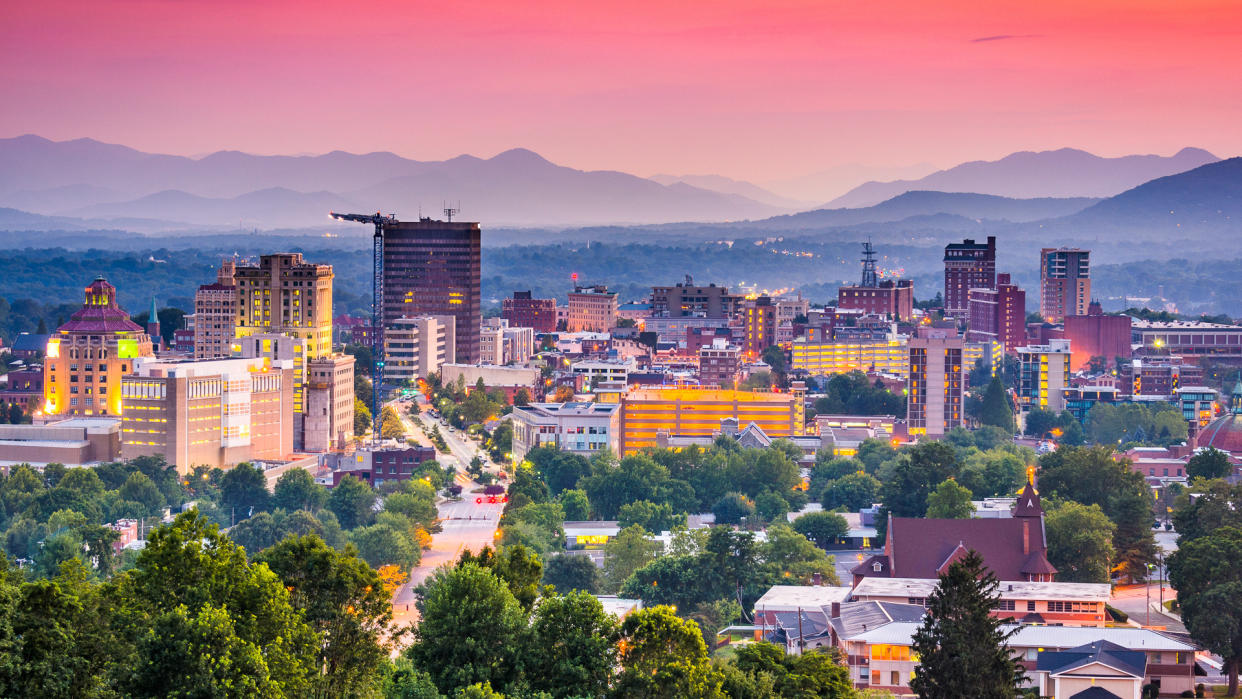
North Carolina
The reopening plan for North Carolina moved quickly in May, launching on the 8th and advancing to Phase 2 about two weeks later. However, Gov. Roy Cooper appears to have decided that moving slower for July and August makes more sense as the state paused plans until health data improves. Currently, the state is in Phase 3 of re-opening until at least December 4. This means indoor spaces at many entertainment venues are limited to 30% capacity, while indoor gatherings are limited to 10 people.
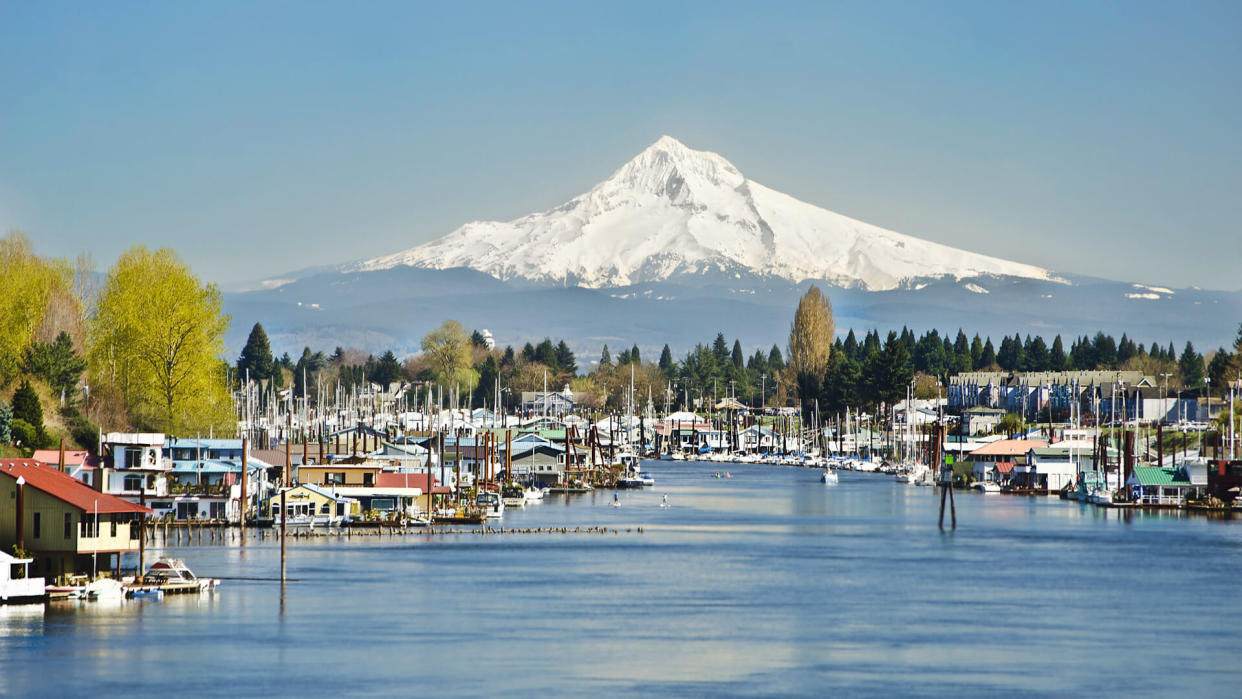
Oregon
Oregon counties have been applying to enter Phase 2 since June, with many being able to reopen restaurants and stores with some restrictions. Though the state announced that Phase 3 might come as early as September, current reopening plans are still on pause. Governor Kate Brown placed a “freeze” on the state in November (with things like outdoor dining placed on hold), but announced on November 25 that she’d be loosening restrictions starting December 3 – but only in counties that have not been greatly affected by the virus.
Be Smart: 11 Basic Money Moves Everyone Should Make During Hard Times
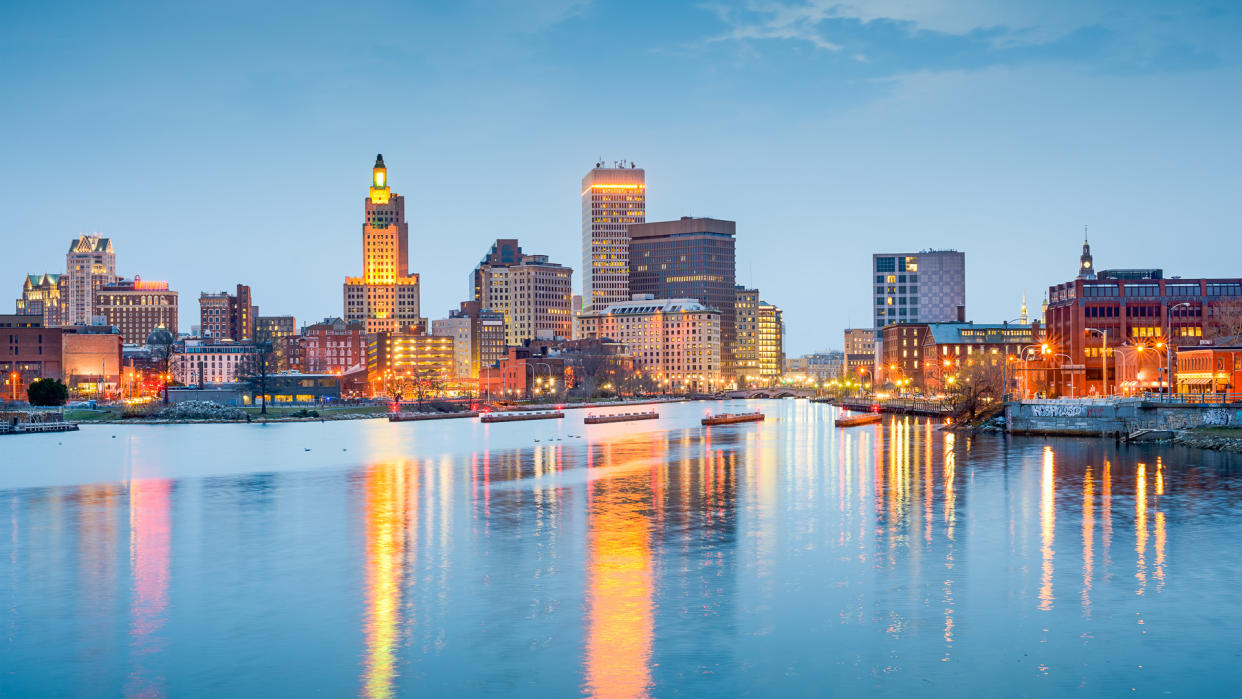
Rhode Island
The nation’s smallest state ended its stay-at-home order on May 9, and Gov. Gina Raimondo has seen the state move through to Phase 3. While many businesses reopened with precautions, Raimondo has said that they will remain in Phase 3, which imposes significant restrictions, until a vaccine is available. As of November 30, the state issued a two-week shutdown as its hospitals were at capacity. Until December 13, gyms, bars, and many other businesses are completely closed, while social gatherings are not allowed.
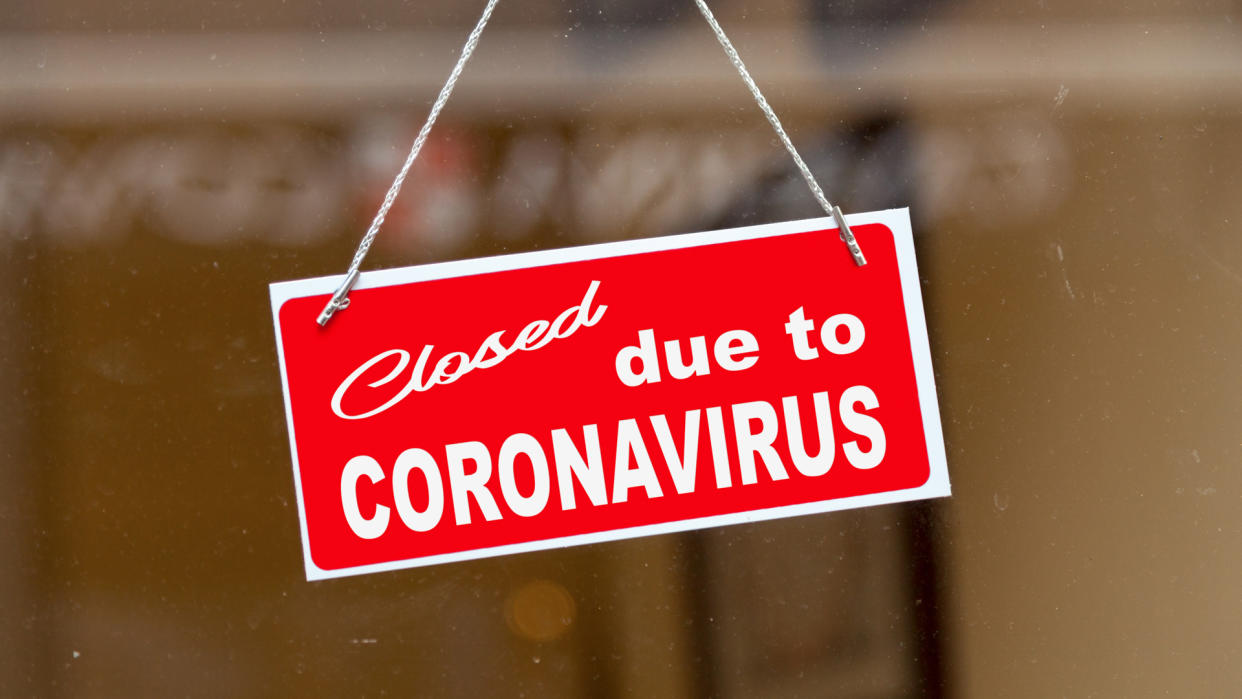
States That Are Closing Again
For some states, the health data has simply been too concerning to allow their reopening plans to remain at their current level, let alone move forward. These states have had to reverse some previous steps as the number of new cases keeps creating cause for concern.
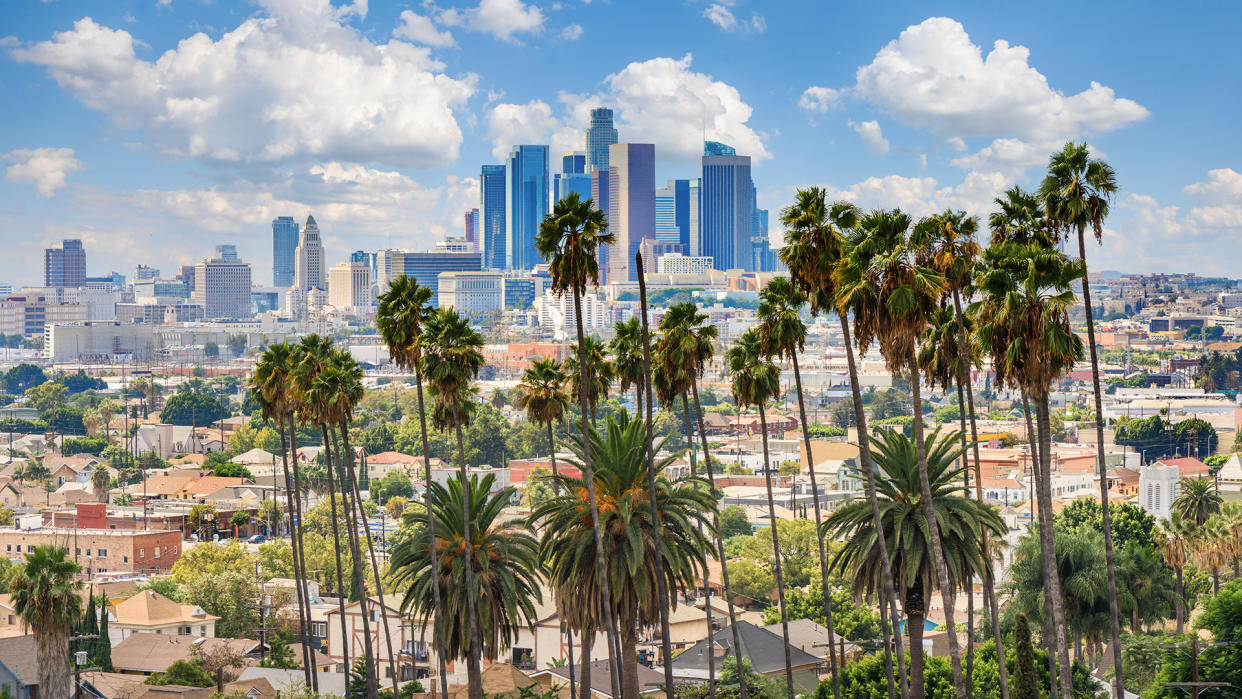
California
After a successful summer of lower numbers, the nation’s most populous state has seen the coronavirus spread fast as of late and was forced to backtrack on the decision to reopen dine-in restaurants, movie theaters, zoos, museums and several other business types. They’ve also issued restrictions on gatherings. Governor Gavin Newsom announced on November 30 that he will likely reissue stay-at-home orders before Christmas.
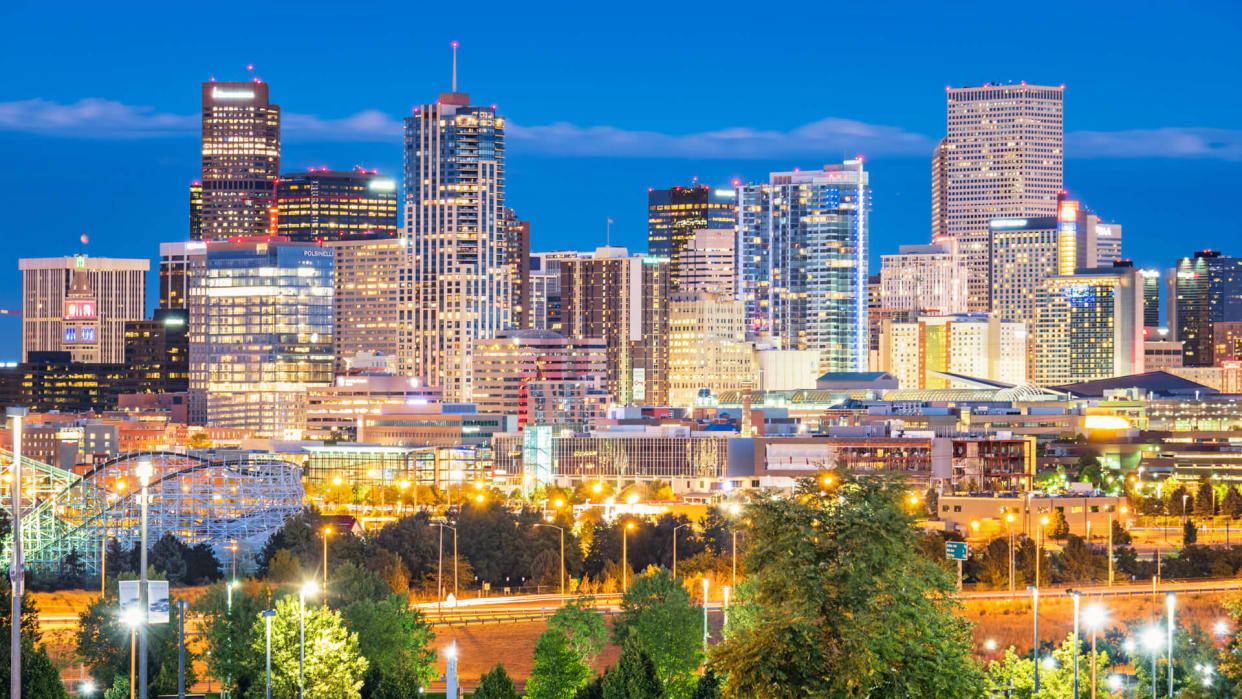
Colorado
Colorado Gov. Jared Polis needed to roll back the reopening of businesses that came with the transition from a stay-at-home order to a safer at home advisory. That included closing bars back up after they had seen a limited chance to reopen. Ski areas are currently operating, with masks required; meanwhile, the state Department of Public Health and Environment is considering a plan that would ease restrictions for certain businesses by December 4.

Connecticut
Connecticut’s reopening plan launched on May 20 and advanced into Phase 2 on June 17 — allowing for the opening of a variety of businesses including indoor events and fitness facilities. In November, Governor Ned Lamont moved the state back to “Phase 2.1,” which reduced capacity on many businesses and forces restaurants to close for dining by 9:30 p.m. Indoor private gatherings are limited to 10 people.
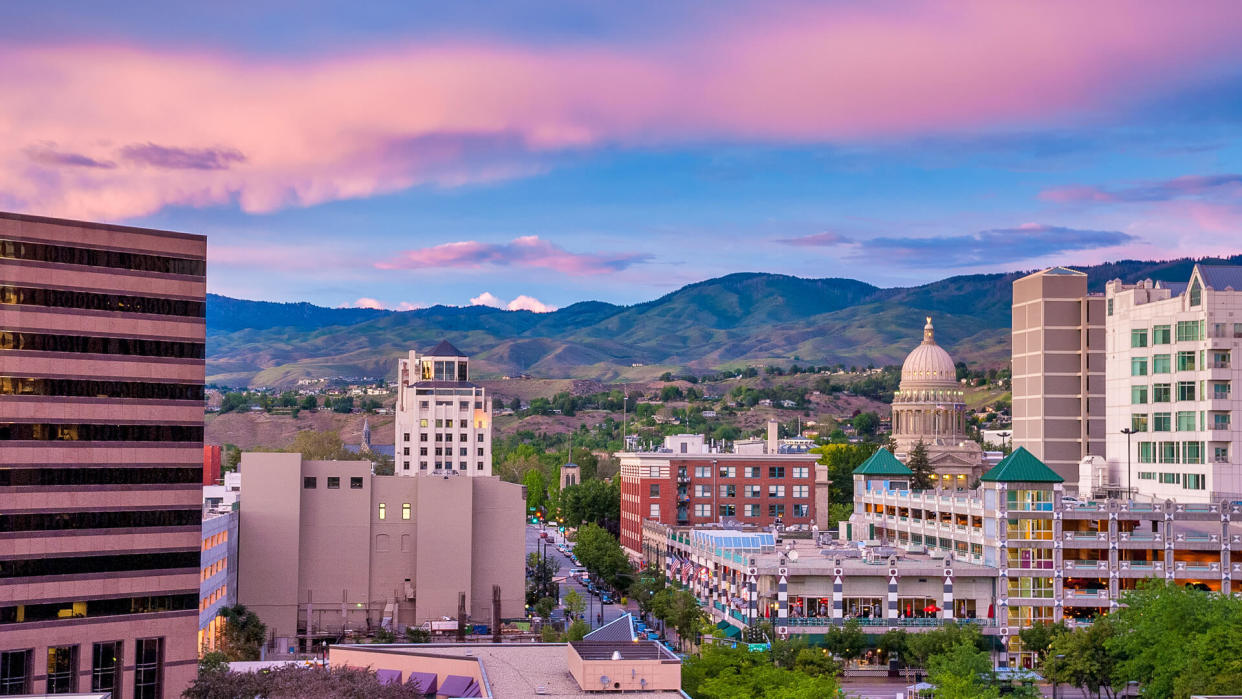
Idaho
Idaho’s reopening plan launched on May Day and had reached Phase 4 by June 13, with all businesses allowed to reopen. However, in late October, as the state’s hospitalizations increased, Gov. Little moved back to Phase 3, closing nightclubs and limiting the capacity of many businesses, then rolled back to Phase 2 in November.
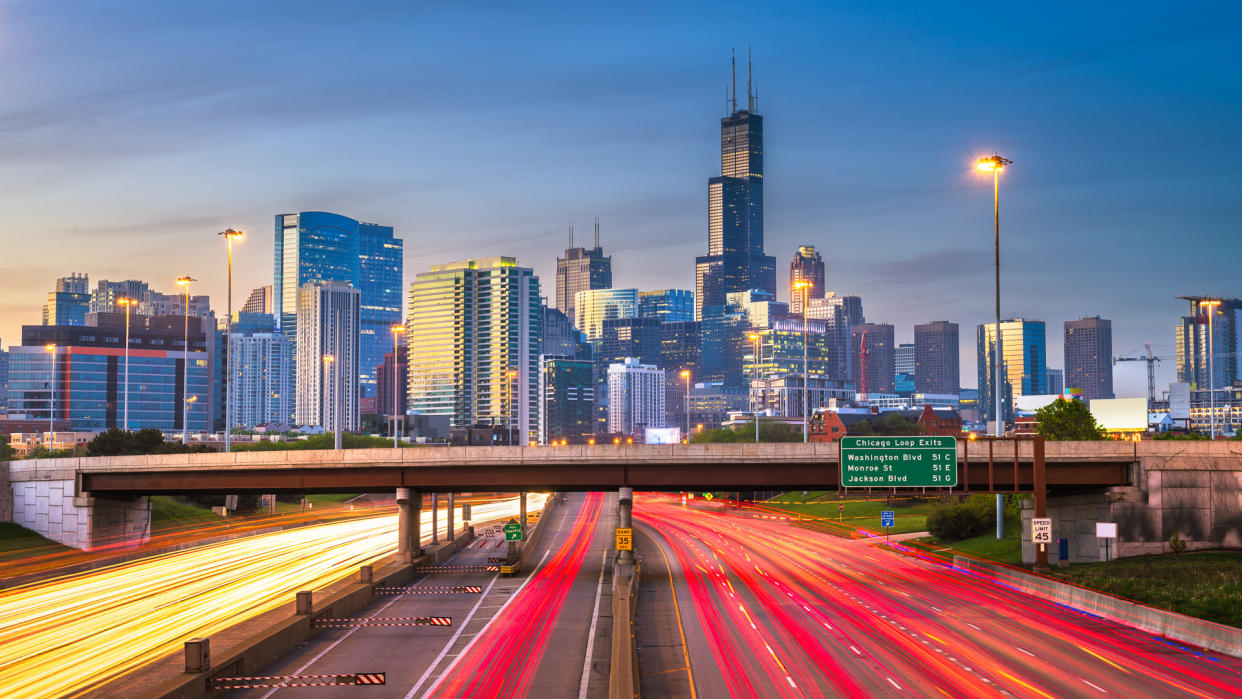
Illinois
Illinois began Phase 3 of its reopening plan at the end of May — which gave bars and restaurants the option to reopen with outdoor seating only. About a month later, Gov. Jay Priztker announced that health data indicated that the state could begin Phase 4, with the fifth and final phase called “Illinois Restored.”
By early November, with virus numbers rising again, Priztker instituted mitigation measures statewide, closing bars and restaurants for indoor service and requiring these businesses to close by 11 p.m.
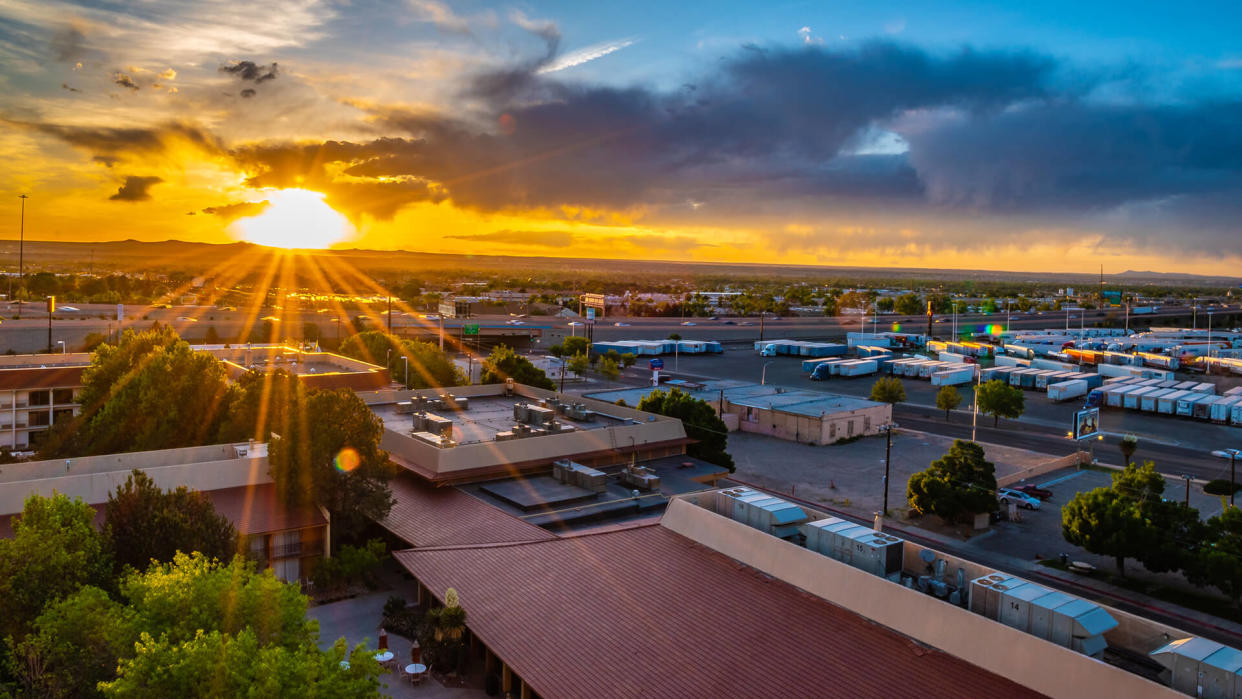
New Mexico
New Mexico Gov. Michelle Lujan Grisham announced a rollback of reopening plans on Oct. 16. Restaurants and other food establishments that serve alcohol have to close by 10 p.m. Hotels that haven’t completed a training requirement must limit occupancy to 25%; certified establishments can operate at 60% capacity. No gatherings of more than five people are allowed. On November 30, the state announced it would move to a “tiered” system on December 2 that would offer unique restrictions on a county-by-county basis. In a press release from the state, the tiers would function as follows: “Counties will operate under one of three levels: Red, signifying very high risk; Yellow, signifying high risk; and Green, signifying medium risk.” Currently, the majority of the state’s counties are at a red level.
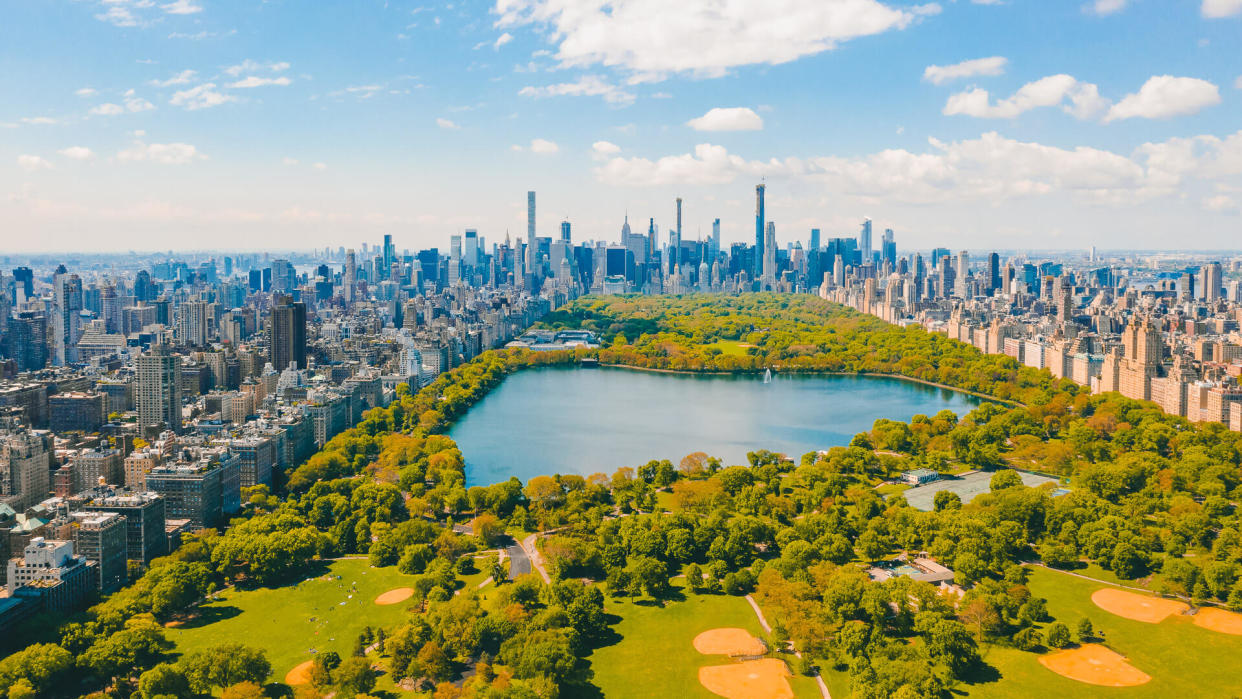
New York
New York City — once the epicenter of the outbreak — entered its final Phase 4 of reopening its economy on July 20. As of October, however, with a new spike in virus cases, Governor Andrew Cuomo has ordered some parts of New York City to close non-essential businesses again. On November 11, a new statewide order limited hours of operation and gathering size for bars, restaurants, gyms and residents.
Mask Up: NYC’s New Mask Fine Adds to America’s COVID-19 Confusion
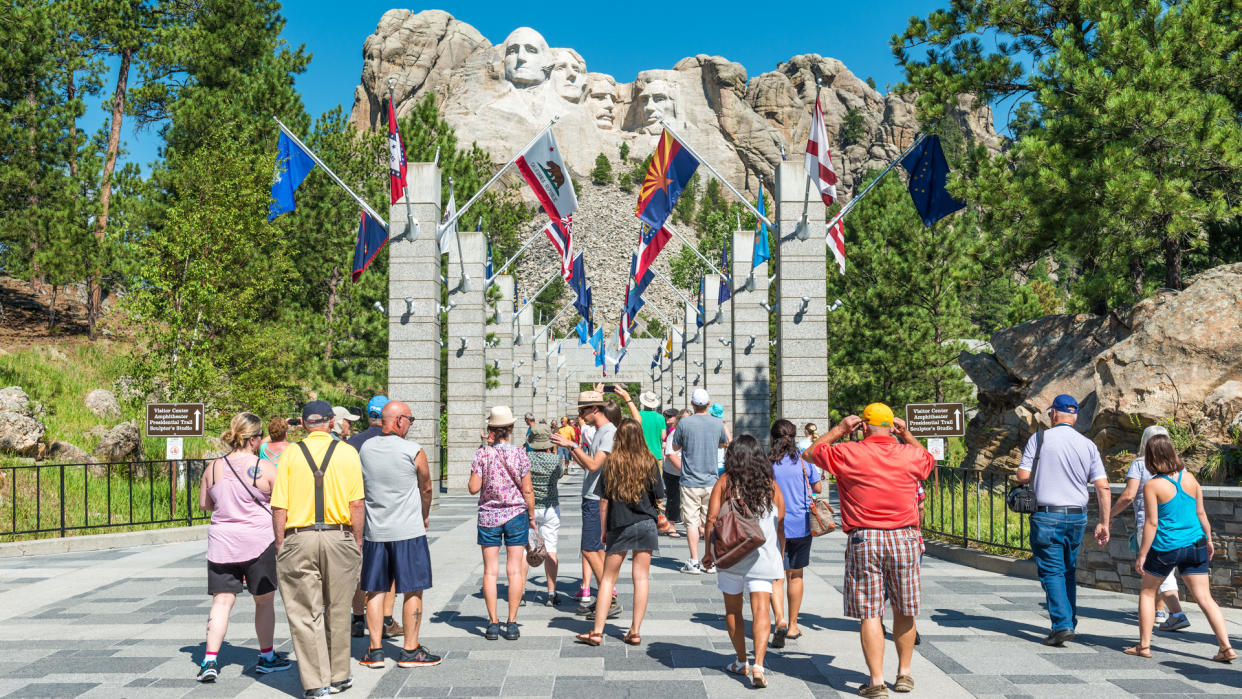
The State That Never Closed
Believe it or not, while the rest of the country has needed to clamp down on public life to protect public health, there’s one that has managed to avoid a shutdown. So which one is it?
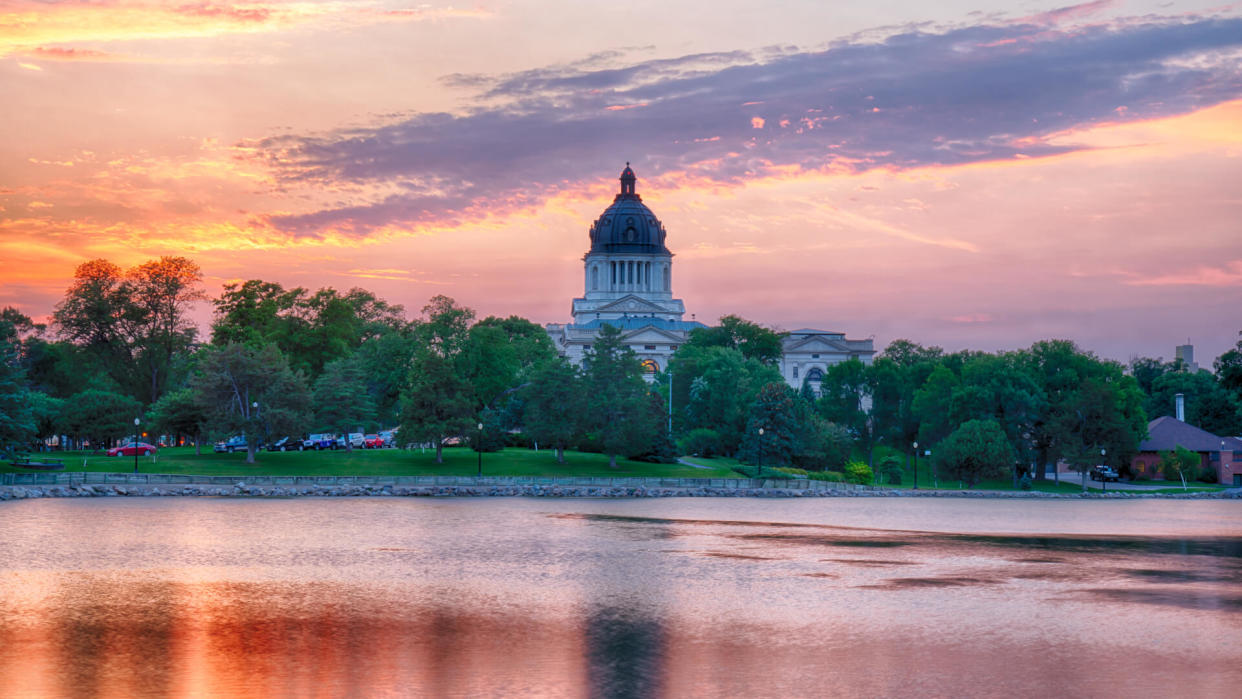
South Dakota
South Dakota is a largely rural state and has therefore managed to avoid a complete shutdown. The state has issued a “Back to Normal” plan that details how residents can continue to stay safe. Governor Kristi Noem encouraged employers to increase sanitation of high-traffic areas and screen all employees for signs of illness. The plan also encourages older adults and other vulnerable individuals to avoid going out.
More From GOBankingRates
Are You Spending More Than the Average American on 25 Everyday Items?
Investors Bank’s Checking Accounts: Helping You Do More With Your Money
Guns and 32 Other Things You Definitely Do NOT Need To Buy During the Coronavirus Pandemic
Jordan Rosenfeld and Katie Wudel contributed to the reporting of this article.
This article originally appeared on GOBankingRates.com: 28 States That Reopened (and 7 More That Closed Again)
